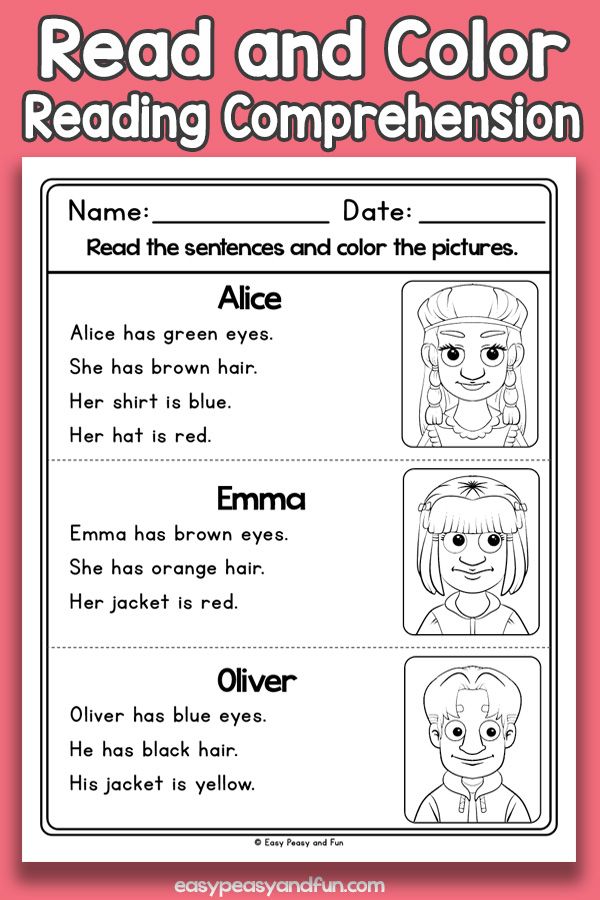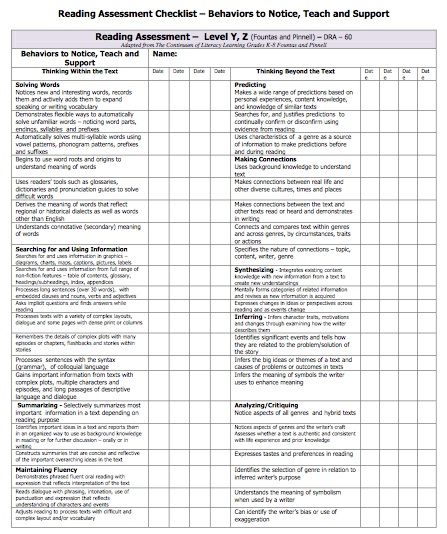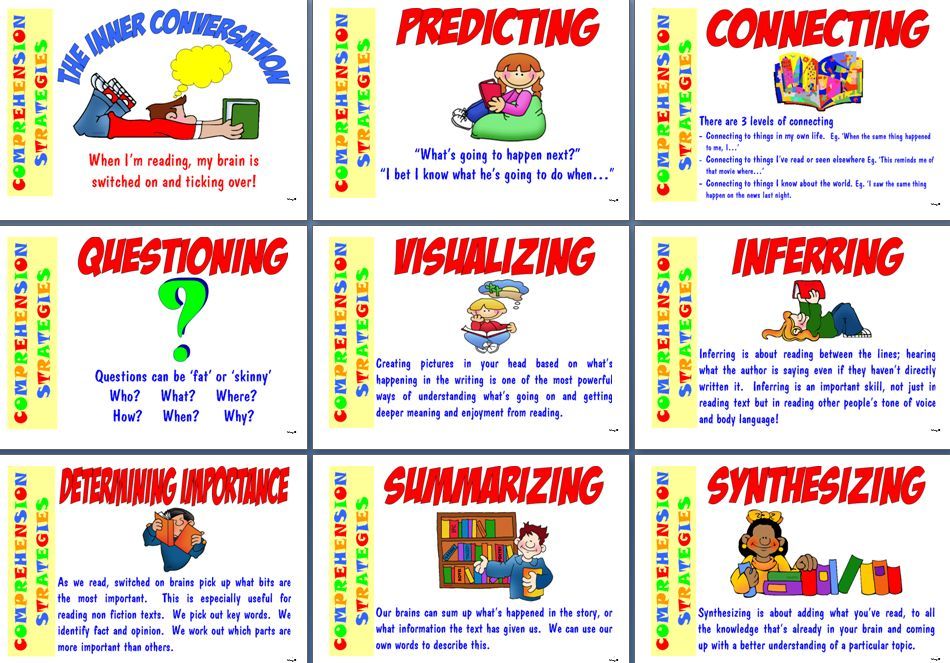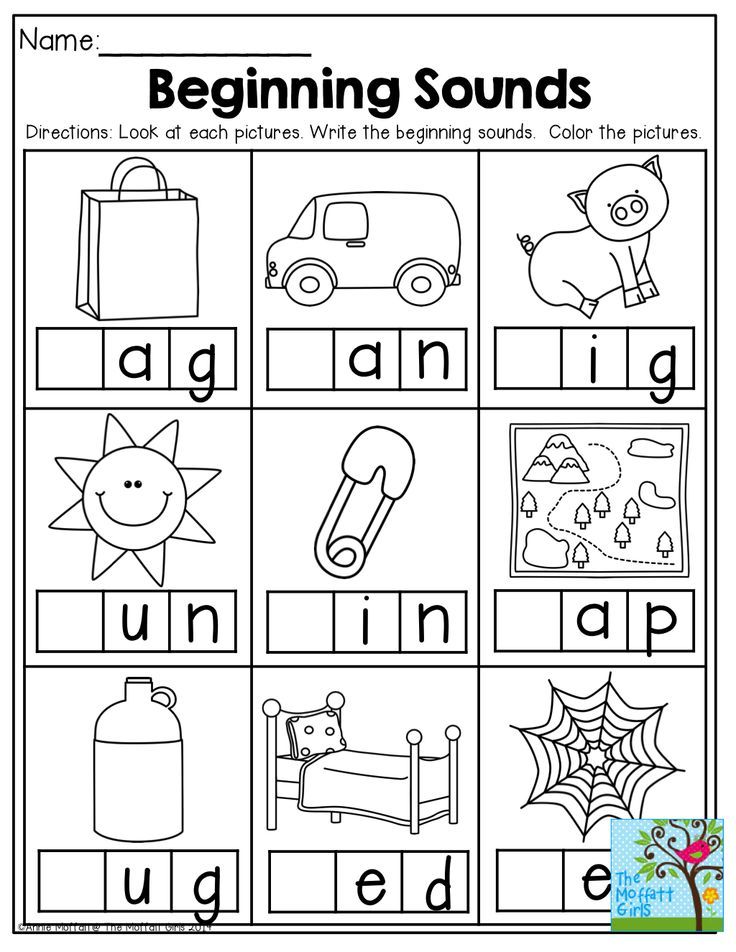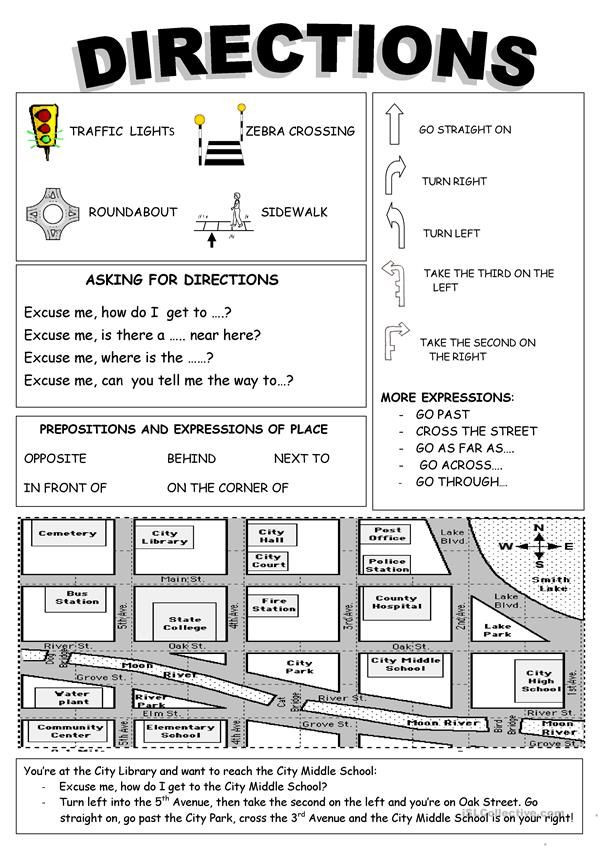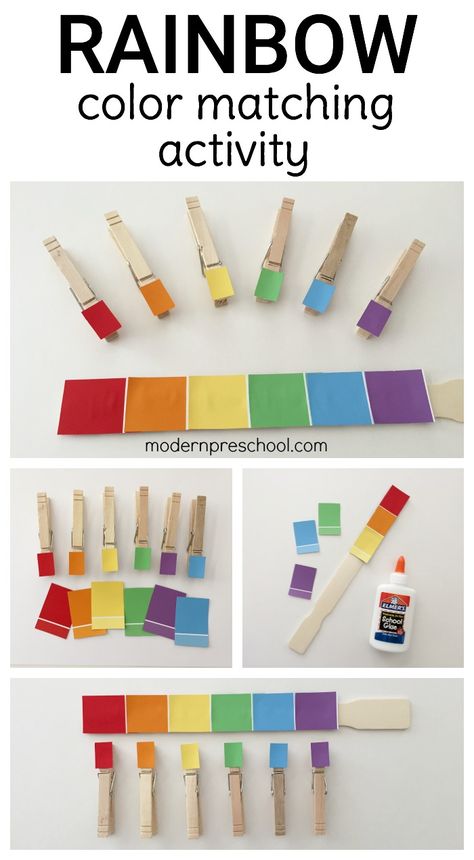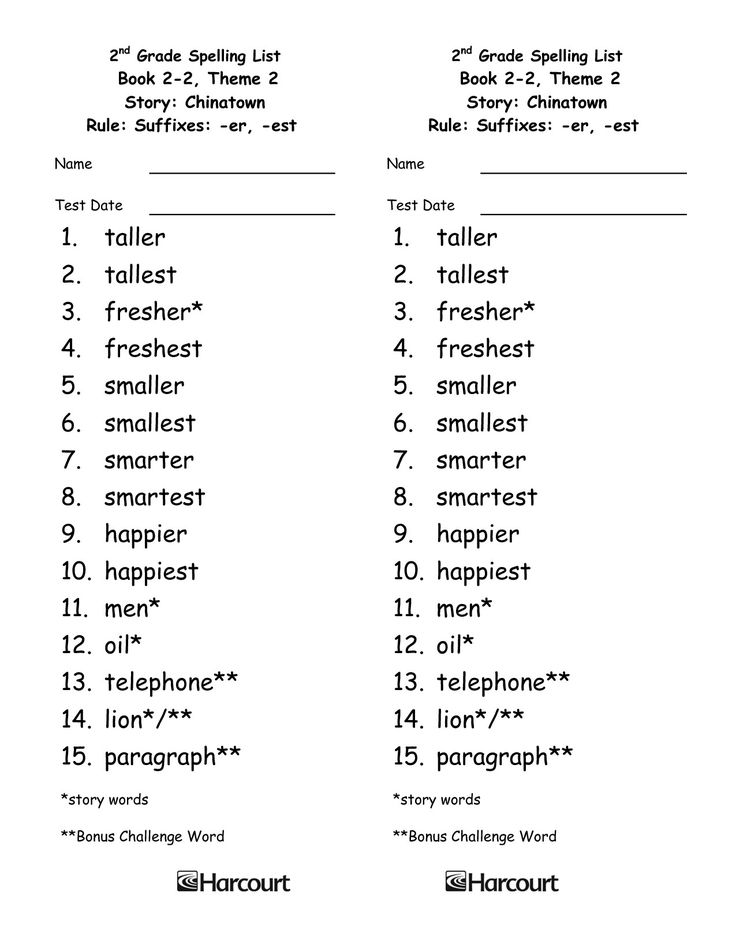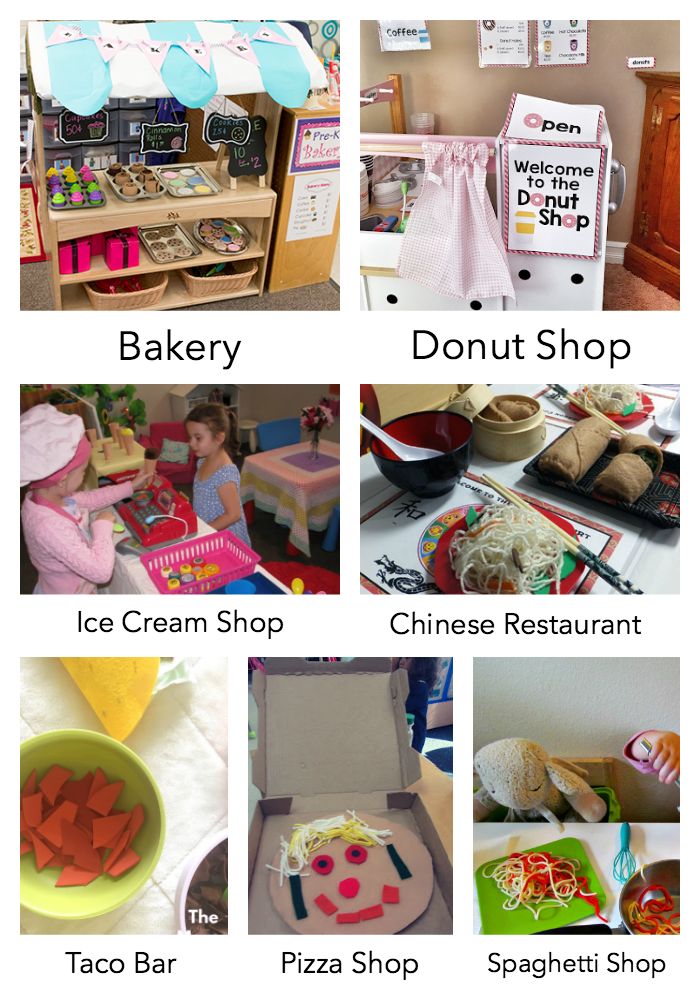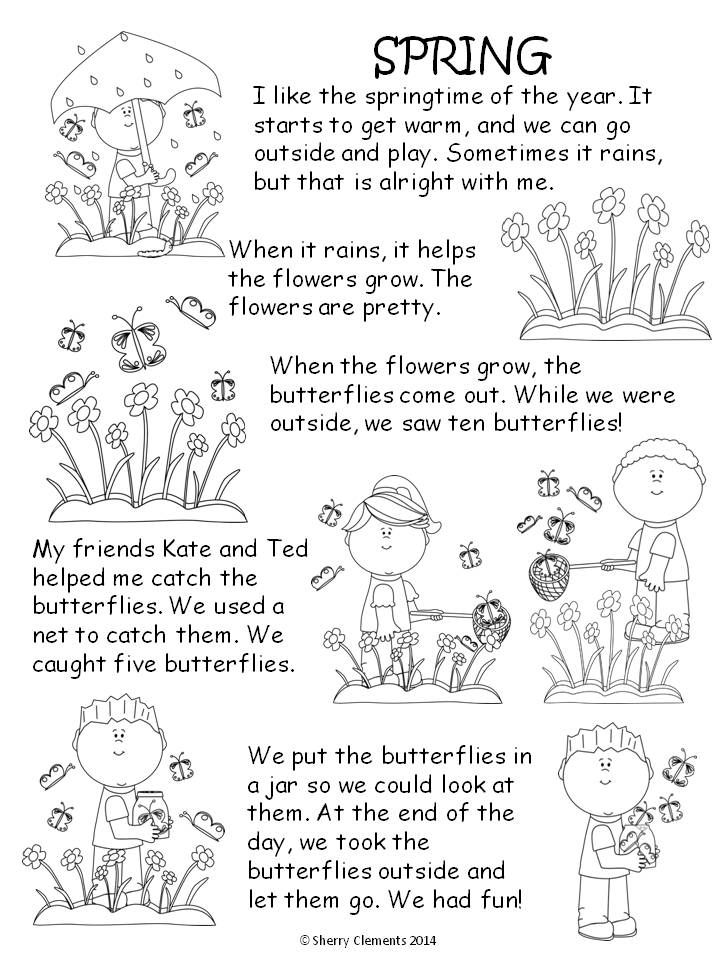Should kindergarteners know how to read
When Your Child Doesn't Learn to Read in Kindergarten
My son is in Kindergarten this year. It’s now May and I have watched him struggle with learning to read.
If you’ve been reading my blog posts this past year, you’ll know that I’m a big proponent of phonics-based early reading instruction. I taught K-2 for a number of years, have presented teacher professional development on early reading, and worked with countless students who were struggling readers.
I have a strong background in early reading instruction.
There are a couple of reasons why my son hasn’t learned to read in Kindergarten this past year. Partly he’s just a six-year-old boy, who would rather play than read, and is not really interested in school yet.
The other part is that he just needs some solid, consistent instruction in reading, which he hasn’t gotten this year at school. In a way, I’m okay with the fact that the reading instruction hasn’t been solid because he’s not ready for it.
The strange thing is that, as a teacher and a former Kindergarten teacher, I know what he needs. I know exactly what sounds he knows and doesn’t know. I know that he cannot smoothly blend some CVC words, especially those with stop sounds. He knows all of his continuous sounds, but still struggles to remember the stop sounds. I know that he needs to work on his phonemic awareness skills.
I know all of these things and at the same time, I have not provided systematic instruction at home for him this past year.
I am pulled in two directions.
In August of this past school year, my son asked me to teach him to read. If only it were that simple. I think he expected to learn how to read quickly and it was something I could teach him easily, like within a day or two.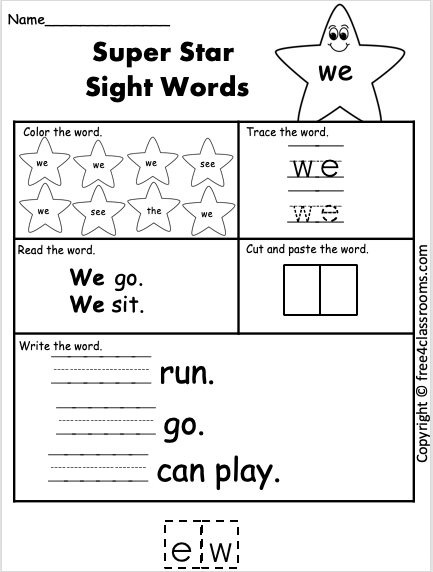
At the time I knew he wasn’t ready yet. He didn’t know many of his sounds and lacked quite a few phonemic awareness skills that needed to be in place first.
The teacher-part of me wants to create a scope and sequence of instruction that will meet his needs and push him to the next level in reading. I can totally do that. I know how to do it and I can create or find the resources I need to teach him to read.
The teacher in me feels like I am somehow failing him by not teaching him to read.
As a parent, I want to see him love school. That is the most important thing for me. I had a love/hate relationship with school myself (it was too easy for me) and my husband disliked school (it was boring). I want school to be a safe, comfortable place for my son to spend 6+ hours a day for 13+ years of his life. I don’t want him to feel anxious or stressed about not performing well enough.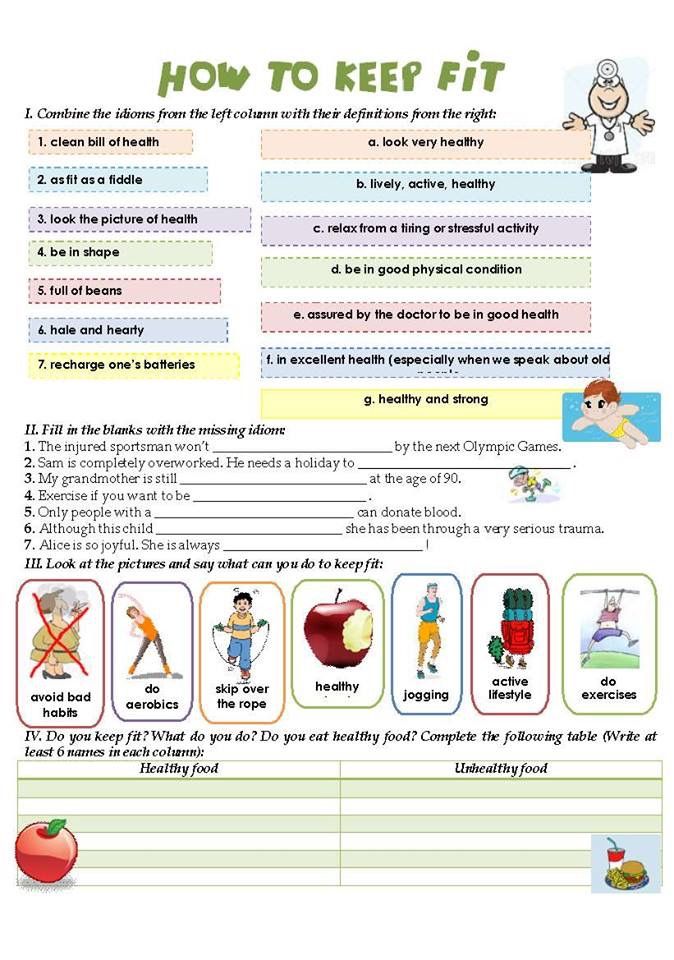
My son has gone through his Kindergarten year and continually voiced to me that he doesn’t like school. His reason? It’s boring. We all know that school is not built for boys, especially little boys who like to run, jump, and wrestle rather than sit still in a classroom. My son does not have a learning disability, nor does he have ADHD. He excels in math. He can tell elaborate stories and wants me to document them. He understands everything read aloud to him and asks great questions when he doesn’t. He can sit still when he needs to do so.
He would be considered behind by normal, traditional Kindergarten standards. But, I also know the research. Most kids learn to read between the ages of 4-7 and some do not until age 8. If kids don’t learn to read in Kindergarten, they’re not behind. They don’t have a learning disability, although some may. They just may not be ready to or interested in reading yet. It’s okay if he doesn’t learn to read until he’s 7 or 8. That doesn’t mean that he’s not learning.
That doesn’t mean that he’s not learning.
I am pulled in two directions. The teacher in me knows how to provide systematic instruction at home that could meet his reading needs and the parent side of me that wants him to love learning. Are those two things isolated? No, but when he comes home tired from school the last thing I want to do is make him sit down and do more “school stuff.”
He can run faster than any kid in his class. He’s very proud of that.
He can create elaborate, imaginative stories. He’s always asking us for the paper to draw them out.
He can create whole cities in MindCraft. That’s a lot of geometric and spatial thinking.
He excels in math and can think outside of the box when solving problems.
He’s happy, even though he doesn’t like school. It’s not a bad place for him.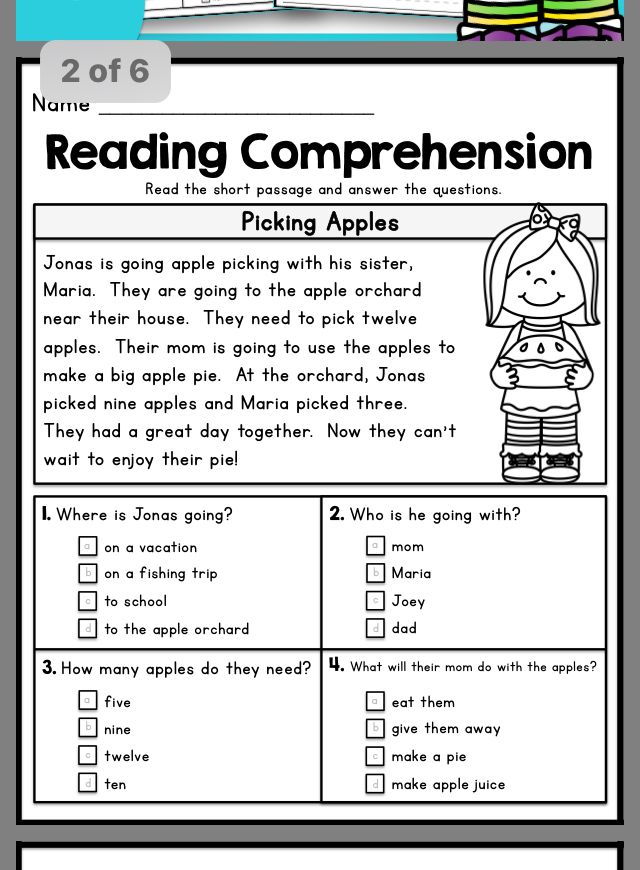 It’s just not as fun as playing with Legos, engaging in pretend-play with his friends, or climbing trees. That’s okay for now. At least it’s not a struggle to get him to go to school.
It’s just not as fun as playing with Legos, engaging in pretend-play with his friends, or climbing trees. That’s okay for now. At least it’s not a struggle to get him to go to school.
Thankfully, we chose a school for him that does not push academics over social and emotional development. At my son’s school, it’s okay that he’s not reading at the end of Kindergarten. He’s not looked down upon and he doesn’t feel shamed for not reading.
He has learned and grown so much this past year. No, he hasn’t learned to read, but he’s learned other life skills that he will take with him when he leaves Kindergarten.
We have done very few academic things after school. I have tried to work with him in the afternoons, but he is so tired. It’s a struggle to get him to concentrate, focus and sit still. No, he’s doesn’t have ADHD. Not even close. He’s just a six-year-old boy who is tired from a long day at school and can’t concentrate on more reading work at home. It has been difficult for me to be consistent while working with him at home.
It has been difficult for me to be consistent while working with him at home.
What do we do after school? At the beginning of the year, I worked in fun word-play and phonemic awareness activities throughout the afternoon. These were not formal lessons, but just oral sound play.
Now, we work on blending sounds using these blending cards. I developed these CVC Cut & Paste Worksheets & Phonics Cards that we do once a week or so. I love that we can do the worksheet and I can make them into a ring of review cards.
I have put together some reading passages that are highly controlled for cvc word family and sight words. We have just started working on these reading passages and will continue them throughout the summer.
I’ve also started using a computerized program that is geared toward homeschool families called Funnix. It requires that an adult sit with the child to make sure he is pronouncing the sounds correctly and following the program.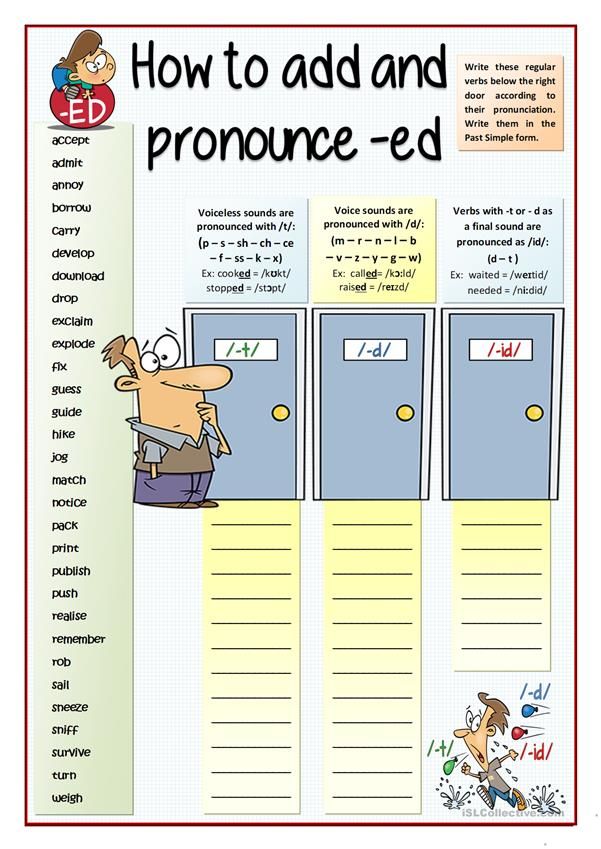 It does a really good job teaching reading without a lot of teacher prep and materials. As a reading teacher, I can see that it addresses all the important components of reading at just the right pace.
It does a really good job teaching reading without a lot of teacher prep and materials. As a reading teacher, I can see that it addresses all the important components of reading at just the right pace.
While we do a lot at home, one thing I am not is consistent.
My son is in school all morning long (it’s half-day Kindergarten). He comes home tired. I want him to love learning and pushing him to do reading after school every day has been a struggle. So, we are not consistent in our work at home. Come summer, we’ll concentrate on it much more when he’s less tired from school.
Give your child time. Some children just need a little more time.
While you’re waiting, observe. Watch your child and see if they have a learning disability or if they need some intervention that you or their teacher can provide.
Can they learn what they are taught in other academic areas? Are they imaginative? Do they want to tell you stories and interact with you about the world around them? Are they making friends? Do they like school?
Learning how to read used to be taught in first grade.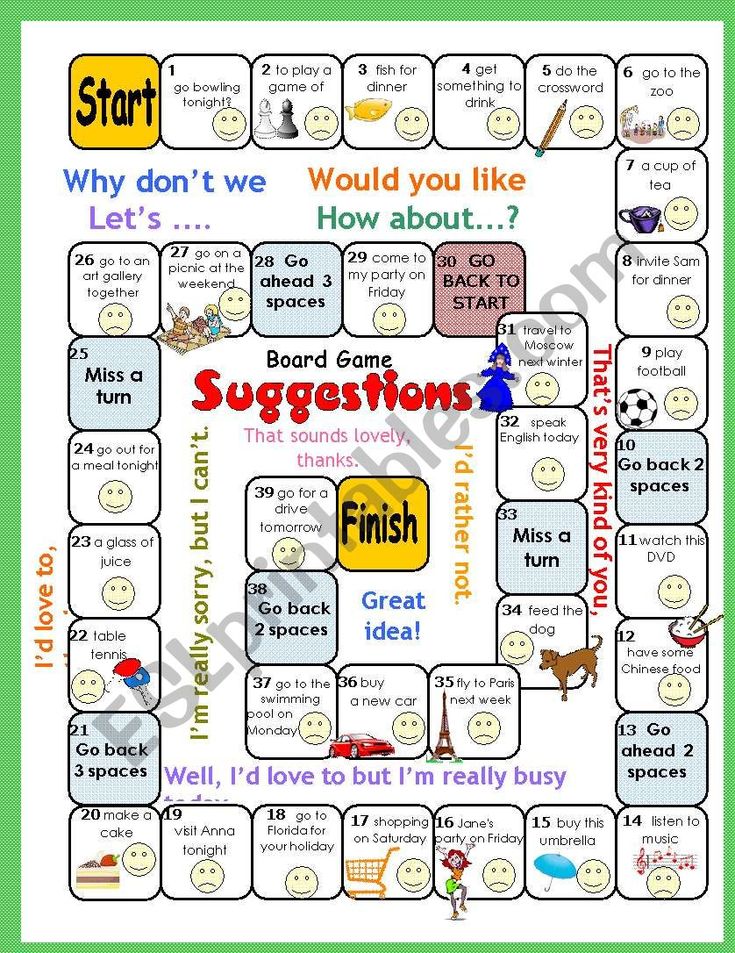 We, as a society, have pushed learning to read down to Kindergarten. There’s nothing wrong with teaching reading in Kindergarten. On the same token, there’s nothing wrong with a Kindergartener who doesn’t learn to read.
We, as a society, have pushed learning to read down to Kindergarten. There’s nothing wrong with teaching reading in Kindergarten. On the same token, there’s nothing wrong with a Kindergartener who doesn’t learn to read.
I wrote another blog post about my son learning to read. It’s been two years since I wrote this original post and I’ve had a few commenters ask about how he’s doing now. This blog post, When Your Child Struggles with Reading, is about where we are now, two years later.
Teaching children to read isn’t easy. How do kids actually learn to read?
A student in a Mississippi elementary school reads a book in class. Research shows young children need explicit, systematic phonics instruction to learn how to read fluently. Credit: Terrell Clark for The Hechinger ReportTeaching kids to read isn’t easy; educators often feel strongly about what they think is the “right” way to teach this essential skill. Though teachers’ approaches may differ, the research is pretty clear on how best to help kids learn to read.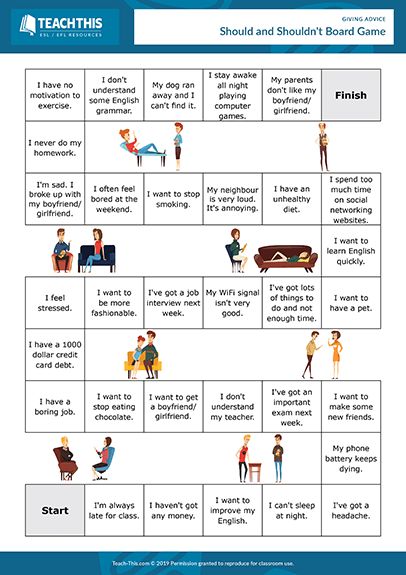 Here’s what parents should look for in their children’s classroom.
Here’s what parents should look for in their children’s classroom.
How do kids actually learn how to read?
Research shows kids learn to read when they are able to identify letters or combinations of letters and connect those letters to sounds. There’s more to it, of course, like attaching meaning to words and phrases, but phonemic awareness (understanding sounds in spoken words) and an understanding of phonics (knowing that letters in print correspond to sounds) are the most basic first steps to becoming a reader.
If children can’t master phonics, they are more likely to struggle to read. That’s why researchers say explicit, systematic instruction in phonics is important: Teachers must lead students step by step through a specific sequence of letters and sounds. Kids who learn how to decode words can then apply that skill to more challenging words and ultimately read with fluency. Some kids may not need much help with phonics, especially as they get older, but experts say phonics instruction can be essential for young children and struggling readers “We don’t know how much phonics each kid needs,” said Anders Rasmussen, principal of Wood Road Elementary School in Ballston Spa, New York, who recently led the transformation of his schools’ reading program to a research-based, structured approach.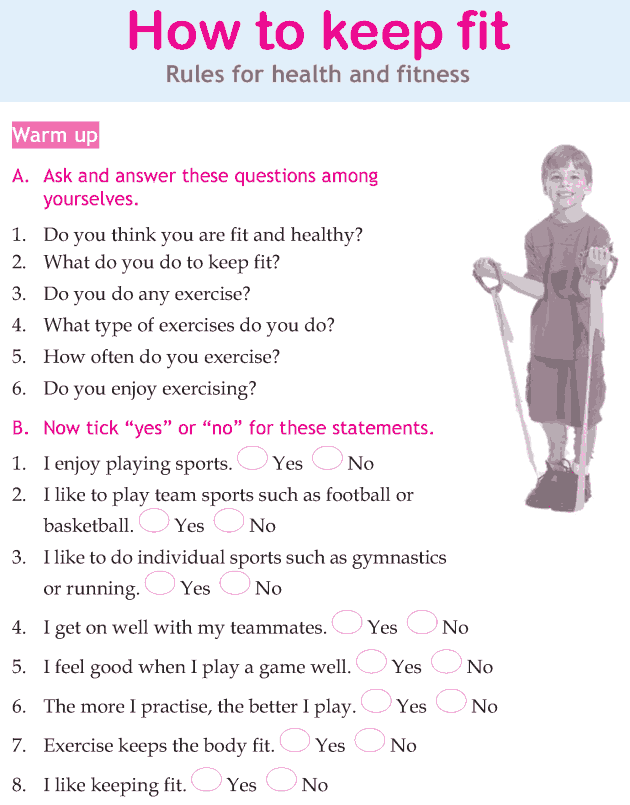 “But we know no kid is hurt by getting too much of it.”
“But we know no kid is hurt by getting too much of it.”
How should your child’s school teach reading?
Timothy Shanahan, a professor emeritus at the University of Illinois at Chicago and an expert on reading instruction, said phonics are important in kindergarten through second grade and phonemic awareness should be explicitly taught in kindergarten and first grade. This view has been underscored by experts in recent years as the debate over reading instruction has intensified. But teaching kids how to read should include more than phonics, said Shanahan. They should also be exposed to oral reading, reading comprehension and writing.
The wars over how to teach reading are back. Here’s the four things you need to know.
Wiley Blevins, an author and expert on phonics, said a good test parents can use to determine whether a child is receiving research-based reading instruction is to ask their child’s teacher how reading is taught. “They should be able to tell you something more than ‘by reading lots of books’ and ‘developing a love of reading.’ ” Blevins said. Along with time dedicated to teaching phonics, Blevins said children should participate in read-alouds with their teacher to build vocabulary and content knowledge. “These read-alouds must involve interactive conversations to engage students in thinking about the content and using the vocabulary,” he said. “Too often, when time is limited, the daily read-alouds are the first thing left out of the reading time. We undervalue its impact on reading growth and must change that.”
“They should be able to tell you something more than ‘by reading lots of books’ and ‘developing a love of reading.’ ” Blevins said. Along with time dedicated to teaching phonics, Blevins said children should participate in read-alouds with their teacher to build vocabulary and content knowledge. “These read-alouds must involve interactive conversations to engage students in thinking about the content and using the vocabulary,” he said. “Too often, when time is limited, the daily read-alouds are the first thing left out of the reading time. We undervalue its impact on reading growth and must change that.”
Rasmussen’s school uses a structured approach: Children receive lessons in phonemic awareness, phonics, pre-writing and writing, vocabulary and repeated readings. Research shows this type of “systematic and intensive” approach in several aspects of literacy can turn children who struggle to read into average or above-average readers.
What should schools avoid when teaching reading?
Educators and experts say kids should be encouraged to sound out words, instead of guessing.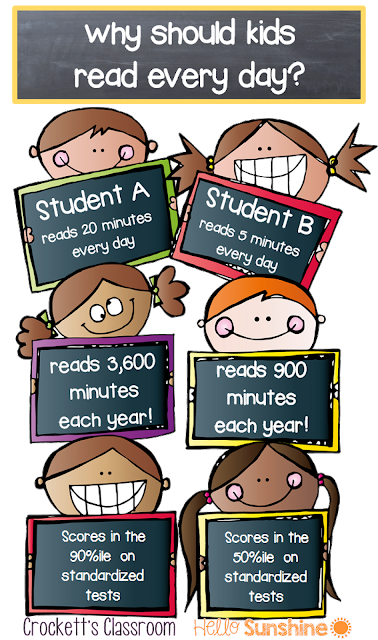 “We really want to make sure that no kid is guessing,” Rasmussen said. “You really want … your own kid sounding out words and blending words from the earliest level on.” That means children are not told to guess an unfamiliar word by looking at a picture in the book, for example. As children encounter more challenging texts in later grades, avoiding reliance on visual cues also supports fluent reading. “When they get to ninth grade and they have to read “Of Mice and Men,” there are no picture cues,” Rasmussen said.
“We really want to make sure that no kid is guessing,” Rasmussen said. “You really want … your own kid sounding out words and blending words from the earliest level on.” That means children are not told to guess an unfamiliar word by looking at a picture in the book, for example. As children encounter more challenging texts in later grades, avoiding reliance on visual cues also supports fluent reading. “When they get to ninth grade and they have to read “Of Mice and Men,” there are no picture cues,” Rasmussen said.
Related: Teacher Voice: We need phonics, along with other supports, for reading
Blevins and Shanahan caution against organizing books by different reading levels and keeping students at one level until they read with enough fluency to move up to the next level. Although many people may think keeping students at one level will help prevent them from getting frustrated and discouraged by difficult texts, research shows that students actually learn more when they are challenged by reading materials.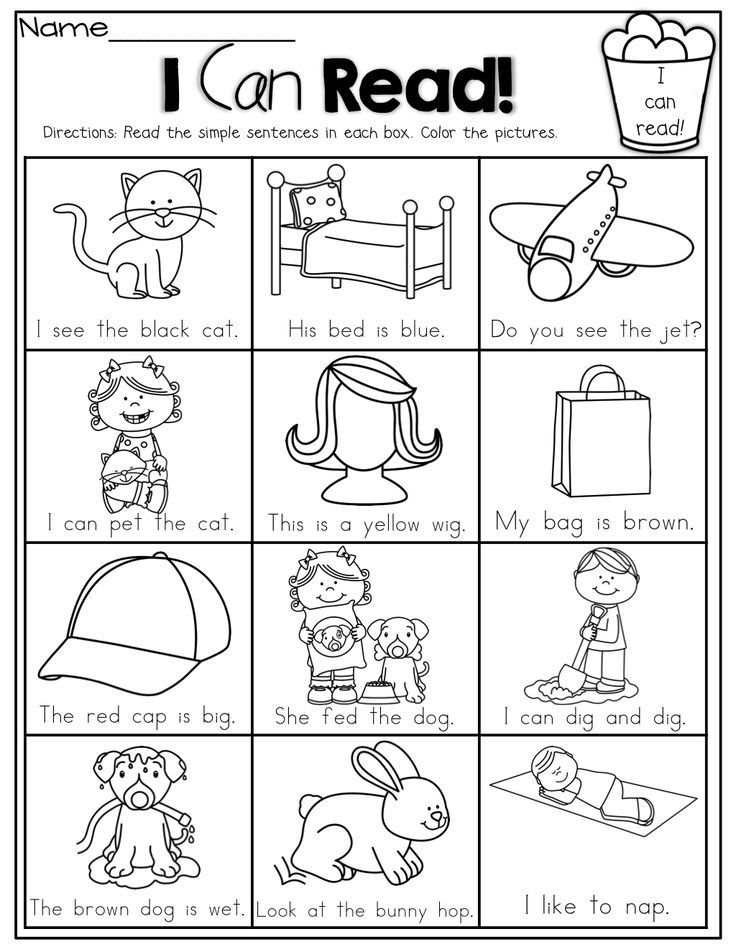
Blevins said reliance on “leveled books” can contribute to “a bad habit in readers.” Because students can’t sound out many of the words, they rely on memorizing repeated words and sentence patterns, or on using picture clues to guess words. Rasmussen said making kids stick with one reading level — and, especially, consistently giving some kids texts that are below grade level, rather than giving them supports to bring them to grade level — can also lead to larger gaps in reading ability.
How do I know if a reading curriculum is effective?
Some reading curricula cover more aspects of literacy than others. While almost all programs have some research-based components, the structure of a program can make a big difference, said Rasmussen. Watching children read is the best way to tell if they are receiving proper instruction — explicit, systematic instruction in phonics to establish a foundation for reading, coupled with the use of grade-level texts, offered to all kids.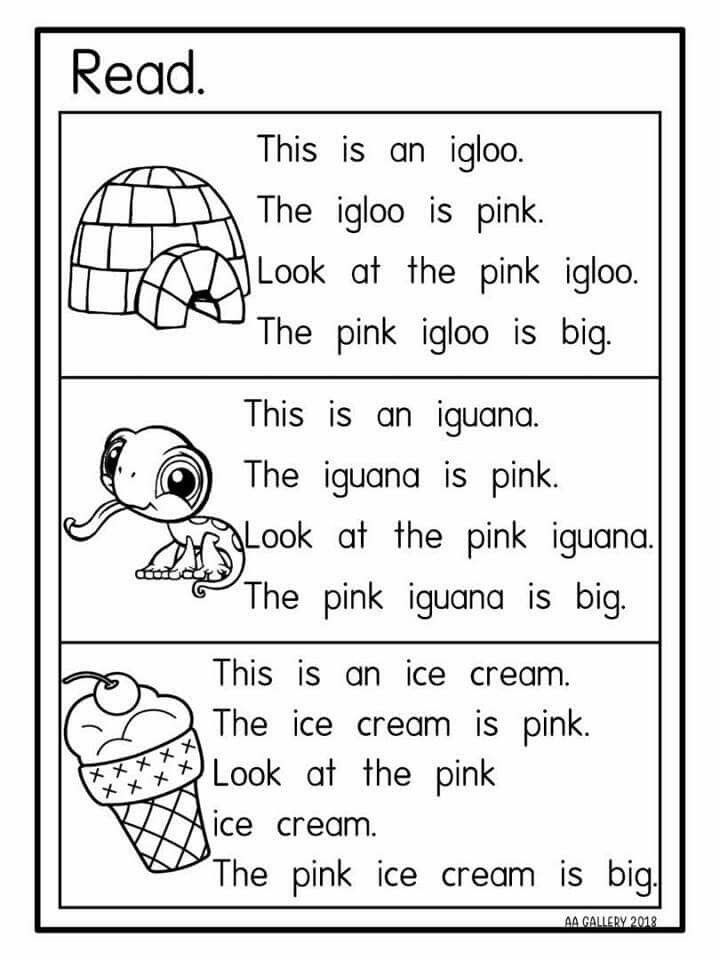
Parents who are curious about what’s included in the curriculum in their child’s classroom can find sources online, like a chart included in an article by Readingrockets.org which summarizes the various aspects of literacy, including phonics, writing and comprehension strategies, in some of the most popular reading curricula.
Blevins also suggested some questions parents can ask their child’s teacher:
- What is your phonics scope and sequence?
“If research-based, the curriculum must have a clearly defined phonics scope and sequence that serves as the spine of the instruction.” Blevins said.
- Do you have decodable readers (short books with words composed of the letters and sounds students are learning) to practice phonics?
“If no decodable or phonics readers are used, students are unlikely to get the amount of practice and application to get to mastery so they can then transfer these skills to all reading and writing experiences,” Blevins said. “If teachers say they are using leveled books, ask how many words can students sound out based on the phonics skills (teachers) have taught … Can these words be fully sounded out based on the phonics skills you taught or are children only using pieces of the word? They should be fully sounding out the words — not using just the first or first and last letters and guessing at the rest.”
“If teachers say they are using leveled books, ask how many words can students sound out based on the phonics skills (teachers) have taught … Can these words be fully sounded out based on the phonics skills you taught or are children only using pieces of the word? They should be fully sounding out the words — not using just the first or first and last letters and guessing at the rest.”
- What are you doing to build students’ vocabulary and background knowledge? How frequent is this instruction? How much time is spent each day doing this?
“It should be a lot,” Blevins said, “and much of it happens during read-alouds, especially informational texts, and science and social studies lessons.”
- Is the research used to support your reading curriculum just about the actual materials, or does it draw from a larger body of research on how children learn to read? How does it connect to the science of reading?
Teachers should be able to answer these questions, said Blevins.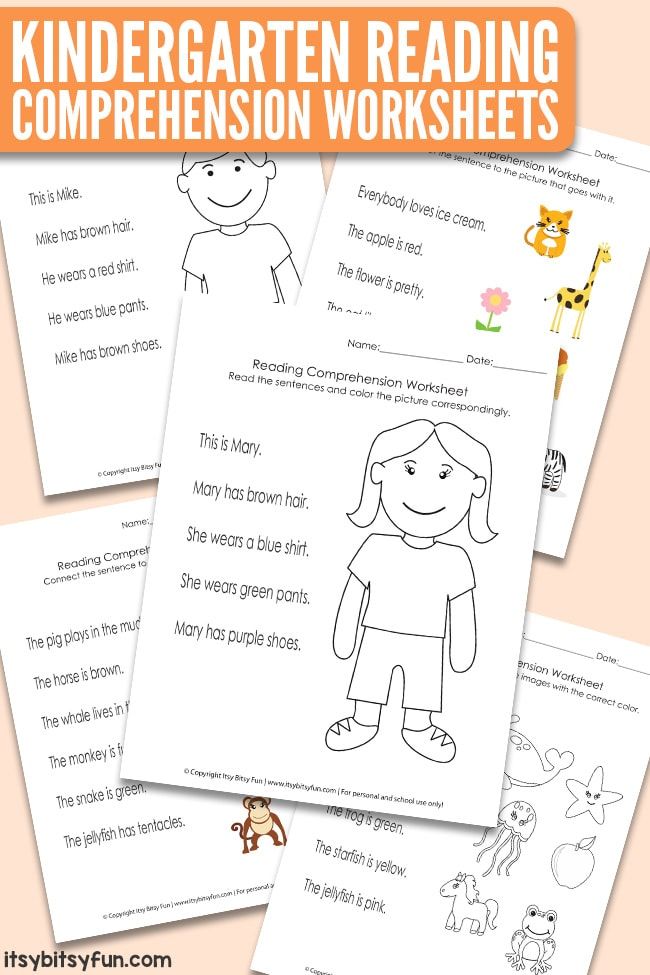
What should I do if my child isn’t progressing in reading?
When a child isn’t progressing, Blevins said, the key is to find out why. “Is it a learning challenge or is your child a curriculum casualty? This is a tough one.” Blevins suggested that parents of kindergarteners and first graders ask their child’s school to test the child’s phonemic awareness, phonics and fluency.
Parents of older children should ask for a test of vocabulary. “These tests will locate some underlying issues as to why your child is struggling reading and understanding what they read,” Blevins said. “Once underlying issues are found, they can be systematically addressed.”
“We don’t know how much phonics each kid needs. But we know no kid is hurt by getting too much of it.”
Anders Rasmussen, principal of Wood Road Elementary School in Ballston Spa, New York
Rasmussen recommended parents work with their school if they are concerned about their children’s progress.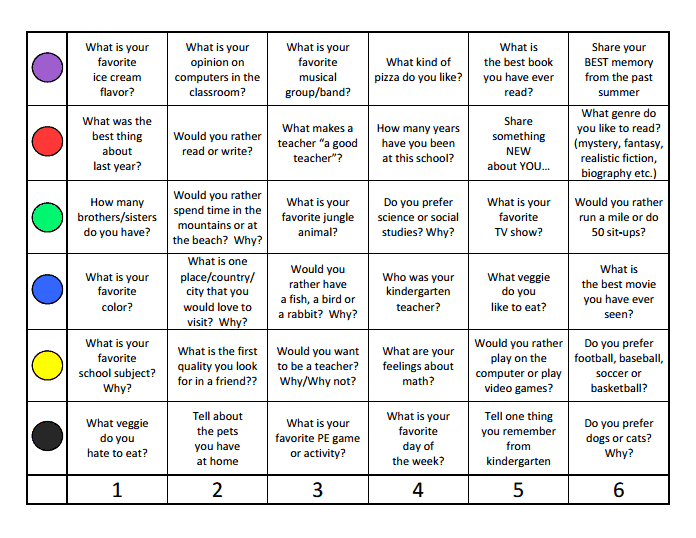 By sitting and reading with their children, parents can see the kind of literacy instruction the kids are receiving. If children are trying to guess based on pictures, parents can talk to teachers about increasing phonics instruction.
By sitting and reading with their children, parents can see the kind of literacy instruction the kids are receiving. If children are trying to guess based on pictures, parents can talk to teachers about increasing phonics instruction.
“Teachers aren’t there doing necessarily bad things or disadvantaging kids purposefully or willfully,” Rasmussen said. “You have many great reading teachers using some effective strategies and some ineffective strategies.”
What can parents do at home to help their children learn to read?
Parents want to help their kids learn how to read but don’t want to push them to the point where they hate reading. “Parents at home can fall into the trap of thinking this is about drilling their kid,” said Cindy Jiban, a former educator and current principal academic lead at NWEA, a research-based non-profit focused on assessments and professional learning opportunities. “This is unfortunate,” Jiban said. “It sets up a parent-child interaction that makes it, ‘Ugh, there’s this thing that’s not fun.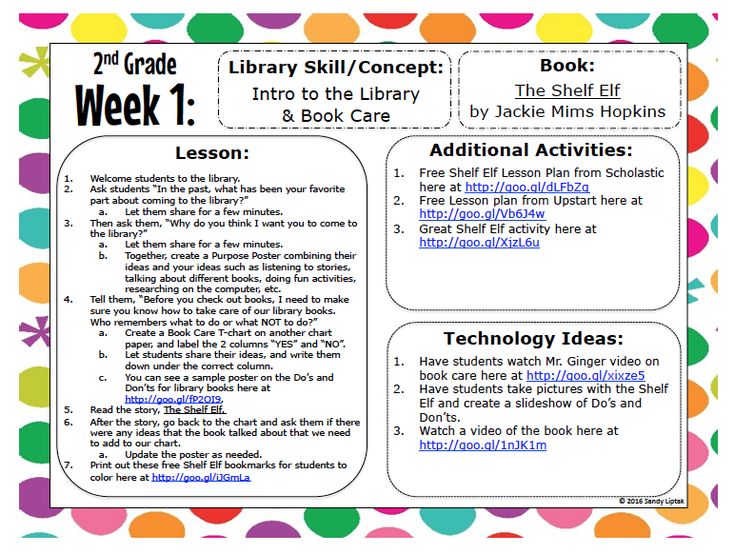 ’” Instead, Jiban advises making decoding playful. Here are some ideas:
’” Instead, Jiban advises making decoding playful. Here are some ideas:
- Challenge kids to find everything in the house that starts with a specific sound.
- Stretch out one word in a sentence. Ask your child to “pass the salt” but say the individual sounds in the word “salt” instead of the word itself.
- Ask your child to figure out what every family member’s name would be if it started with a “b” sound.
- Sing that annoying “Banana fana fo fanna song.” Jiban said that kind of playful activity can actually help a kid think about the sounds that correspond with letters even if they’re not looking at a letter right in front of them.
- Read your child’s favorite book over and over again. For books that children know well, Jiban suggests that children use their finger to follow along as each word is read. Parents can do the same, or come up with another strategy to help kids follow which words they’re reading on a page.
Giving a child diverse experiences that seem to have nothing to do with reading can also help a child’s reading ability.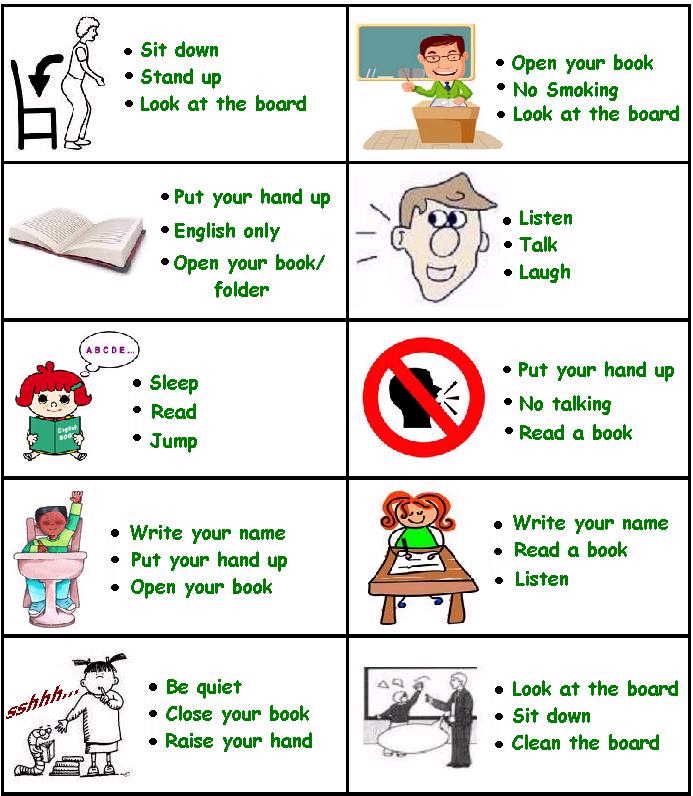 By having a variety of experiences, Rasmussen said, children will be able to apply their own knowledge to better comprehend texts about various topics.
By having a variety of experiences, Rasmussen said, children will be able to apply their own knowledge to better comprehend texts about various topics.
This story about teaching children to read was produced by The Hechinger Report, a nonprofit, independent news organization focused on inequality and innovation in education. Sign up for Hechinger’s newsletter.
The Hechinger Report provides in-depth, fact-based, unbiased reporting on education that is free to all readers. But that doesn't mean it's free to produce. Our work keeps educators and the public informed about pressing issues at schools and on campuses throughout the country. We tell the whole story, even when the details are inconvenient. Help us keep doing that.
Join us today.
Reading, counting and writing lessons will disappear in kindergartens: Society: Oblgazeta
Russia's first federal standards for preschool education will soon appear.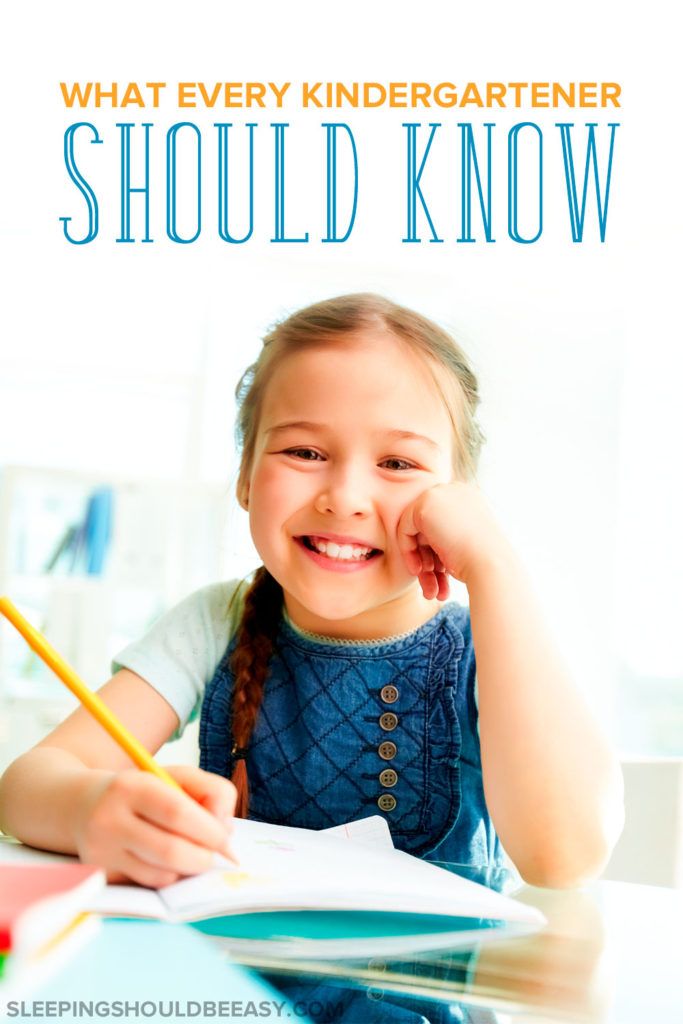 The reform after universities and schools reached kindergartens. What awaits children and their parents? We asked this question to the specialists of the Sverdlovsk Regional Institute for the Development of Education, who participated in the development of this important document.
The reform after universities and schools reached kindergartens. What awaits children and their parents? We asked this question to the specialists of the Sverdlovsk Regional Institute for the Development of Education, who participated in the development of this important document.
Recently had an argument with a colleague, discussing the preparation of their offspring for school. Very often, already in September in the first grade, children are required to be able not only to count to ten, but also to read tasks in the textbook themselves. And that is why I decided to take up the education of my daughters in advance. And what? Let them work hard while they go to kindergarten, but it will be easier at school. My colleague categorically disagreed with me: “Let the child have a childhood! Not children for school, but school for children.”
As it turned out, my interlocutor unknowingly paraphrased Alexander Asmolov, academician, Doctor of Psychology, professor at the Federal Institute for the Development of Education, who led the group of developers of the preschool education standard.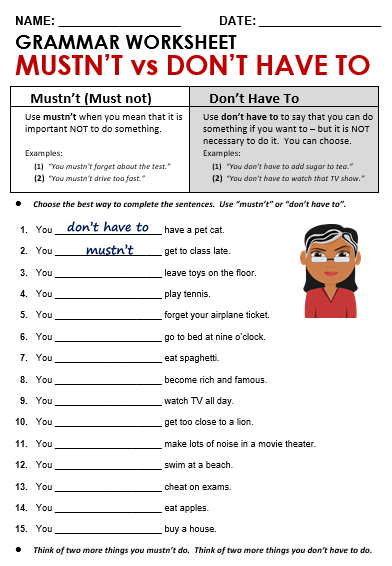 He formulates the main theses of the document: “childhood for the sake of childhood, and not for the sake of preparing for school” and “not a child should prepare for school, but a school should prepare for a child.”
He formulates the main theses of the document: “childhood for the sake of childhood, and not for the sake of preparing for school” and “not a child should prepare for school, but a school should prepare for a child.”
Children should be taught to read, write and count in the first grade, and not in kindergarten, Yury Biktuganov, Minister of General and Vocational Education of the Sverdlovsk Region, explained to OG. All the necessary knowledge will be given to children at school. Under the new standards, preschoolers do not have to take any final tests or subject knowledge exams. The main thing that preschool education should give is the qualities that can ensure his successful studies at school the ability to fix attention, developed speech, curiosity, the desire to learn new things. It is very important that the preschooler has correctly formed moral and ethical guidelines. In addition, one of the main areas of the new standard is the development of physical activity and general health of the child.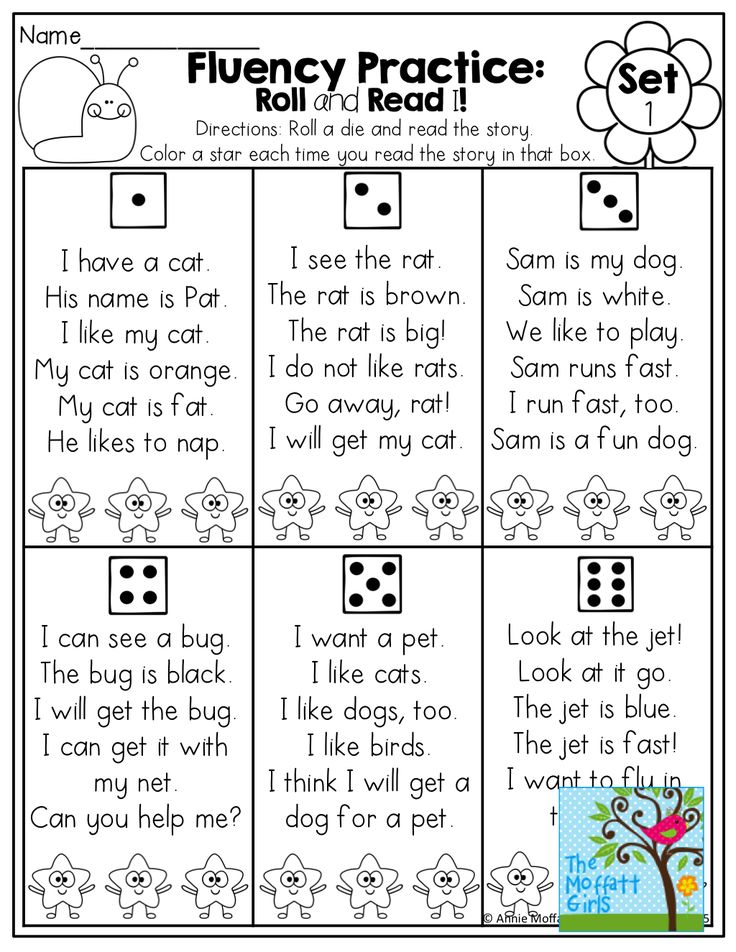
Alexander Asmolov believes that the cultural socialization of the child is needed, his familiarization with the best humanistic examples of culture through play and communication. One of the objectives of the standard for kindergartens is to protect childhood from "adulthood". If a girl has not played enough with dolls, and a boy with cars while going to kindergarten, they will never be able to catch up, the developers of the standard explain. Play is the main activity of a preschooler. By seating the kids at their desks, adults do not allow them to develop in the way that nature should.
Unfortunately, usually parents consider the game to be entertainment, leisure, a waste of time, says Olga Tolstikova, Associate Professor of the Department of Pedagogy and Psychology of the Sverdlovsk Regional Institute for the Development of Education. But a game for a child spontaneous, unpredictable, active testing of oneself or the subject of the game, a riddle, improvisation, surprise, surprise.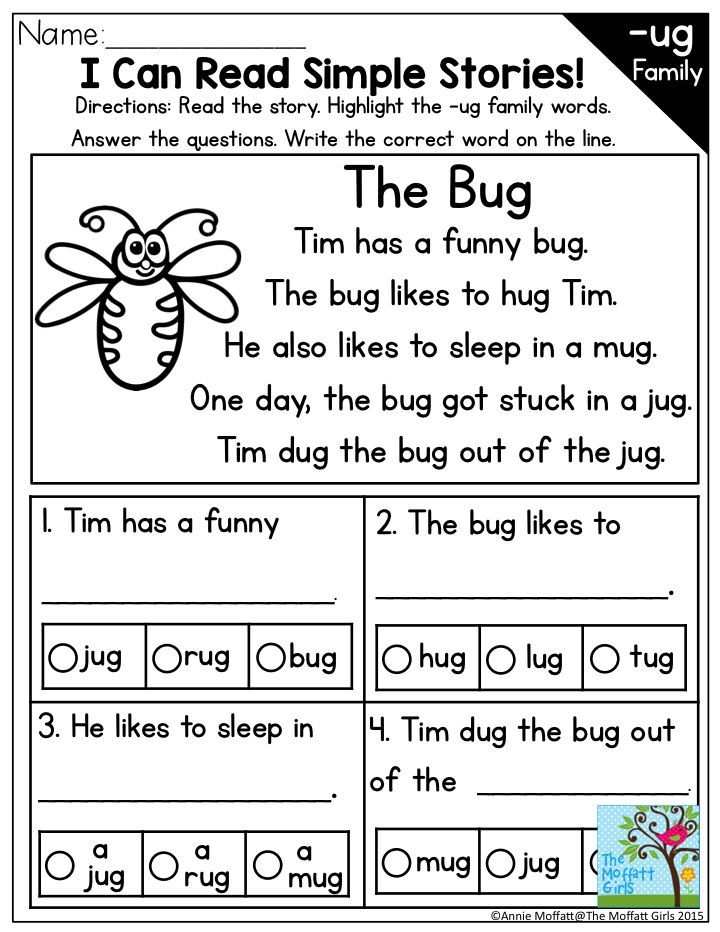 .. Such an activity is very important because it gives the child the opportunity to try himself, take the initiative, make some kind of choice and, accordingly, be responsible for it. The game has a positive effect on the formation of independence, initiative and personality of a person. No classes can replace the developmental effect that a free, independent, initiative game brings. When a teacher constantly leads children from one lesson to another, constantly leads and controls, and the children themselves do not choose anything, do not come up with independent activities, they do not feel their independence, activity, independence. Namely, from this a personality, self-consciousness and a responsible position are born.
.. Such an activity is very important because it gives the child the opportunity to try himself, take the initiative, make some kind of choice and, accordingly, be responsible for it. The game has a positive effect on the formation of independence, initiative and personality of a person. No classes can replace the developmental effect that a free, independent, initiative game brings. When a teacher constantly leads children from one lesson to another, constantly leads and controls, and the children themselves do not choose anything, do not come up with independent activities, they do not feel their independence, activity, independence. Namely, from this a personality, self-consciousness and a responsible position are born.
How do you prepare for school? I was puzzled.
Preparing for school not early study of the first grade program, learning to read, write and count, explains Tolstikova. The presence of knowledge in itself does not at all determine the success of learning, it is much more important that the child is able to independently obtain and apply it.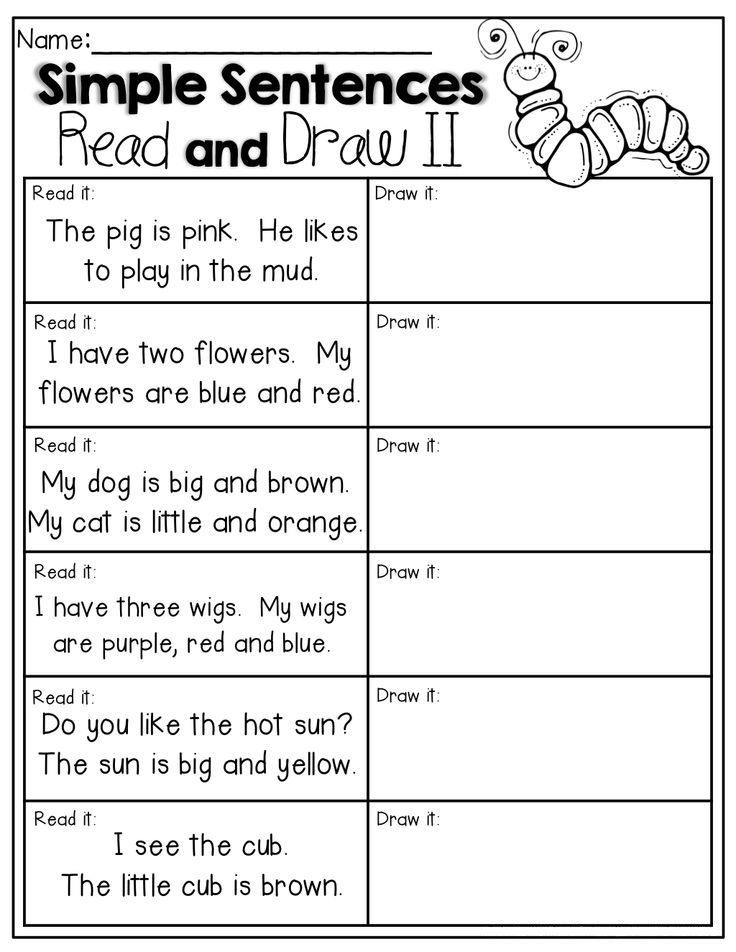 Therefore, the best preparation for school is the formation in a child of the qualities necessary for a school desk: curiosity, initiative, arbitrariness, independence, creative self-expression, the presence of cognitive and social motives for learning. A preschooler should be able to fantasize, imagine and work according to the model, be able to obey different rules and social norms. He must have developed the ability to make strong-willed efforts, the ability to negotiate, take into account the interests and feelings of others. Tomorrow's schoolboy knows how to choose his occupation and participants in joint activities.
Therefore, the best preparation for school is the formation in a child of the qualities necessary for a school desk: curiosity, initiative, arbitrariness, independence, creative self-expression, the presence of cognitive and social motives for learning. A preschooler should be able to fantasize, imagine and work according to the model, be able to obey different rules and social norms. He must have developed the ability to make strong-willed efforts, the ability to negotiate, take into account the interests and feelings of others. Tomorrow's schoolboy knows how to choose his occupation and participants in joint activities.
The teacher says that the form of "training" classes in the kindergarten is unacceptable this contradicts the logic of child development. The education of a preschooler is socialization and individualization of development, not learning. And preschool childhood is not only preparation for school, it is ... life itself. Having received all these explanations, I decided not to pester my preschool daughters to “do their homework” anymore.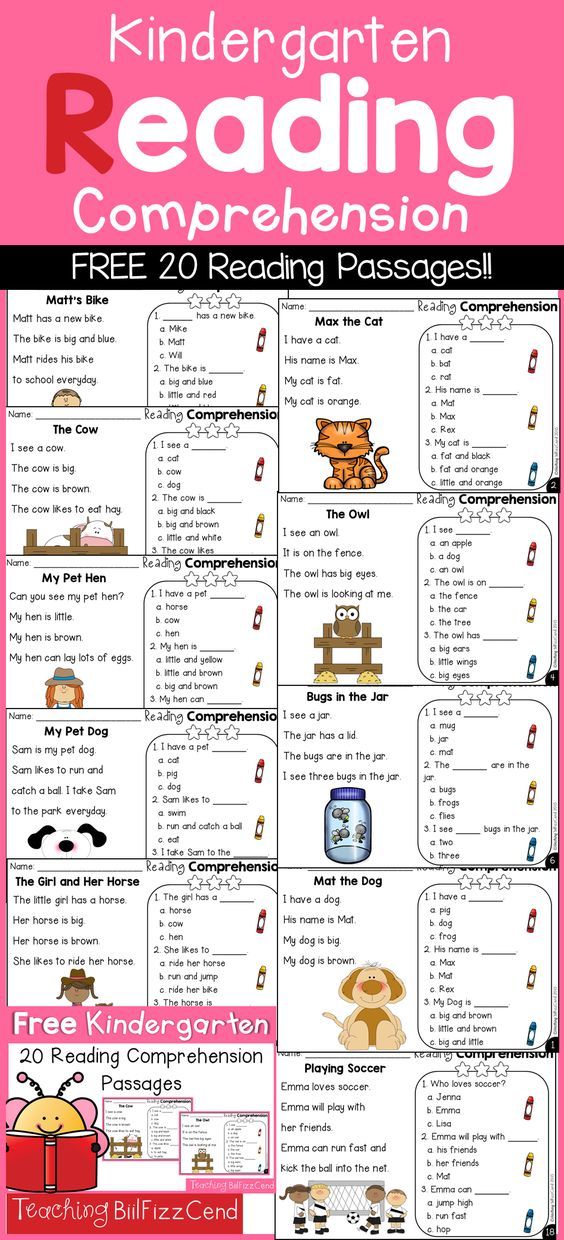 Of course, I will not stop teaching them to read or solve problems, I will only do it in a different form. Let them play more, since it is so useful for development :)
Of course, I will not stop teaching them to read or solve problems, I will only do it in a different form. Let them play more, since it is so useful for development :)
By the way
60 percent of the standard is mandatory for all of Russia. This is a comprehensive approach that ensures the development of children in social, communicative, cognitive, artistic, aesthetic and physical development. The remaining 40 percent is a variable part that each kindergarten sets, taking into account the area where it is located, the specifics of national, sociocultural, economic conditions, individual needs and expectations of parents.
The Ministry of General and Vocational Education of the Sverdlovsk Region told OG that in order to prepare kindergarten teachers for the introduction of new standards for preschool education, mass professional development is planned in various forms and work as close as possible to the place. That is, it is not planned to separate educators from children for a long time.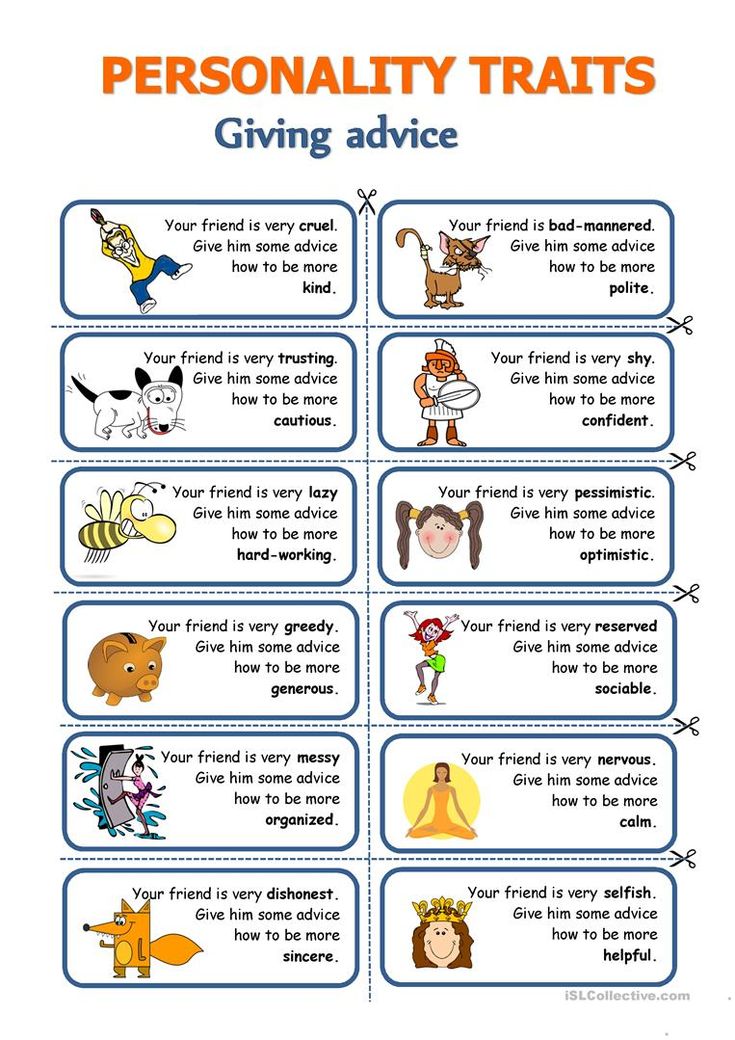 In addition, new state assignments have already been formed for all pedagogical colleges in the region, taking into account the new Federal State Educational Standard
In addition, new state assignments have already been formed for all pedagogical colleges in the region, taking into account the new Federal State Educational Standard
Olga Viktorovna Tolstikova, Associate Professor of the Department of Pedagogy and Psychology of the State Autonomous Educational Institution of Additional Professional Education, the Sverdlovsk Regional Institute for the Development of Education, answers the questions of the OG correspondent.
What is the difference between the federal standard and the current regulatory framework?
There are federal state requirements, represented by two groups of requirements: requirements for the structure of the program, which determine the required minimum content of preschool education, and requirements for the conditions for the implementation of this program. Now we do not have a goal-setting thing that will appear in connection with the standard, I mean the requirements for the results of preschool education.
But these will not be requirements for a preschool child, "you must." It is we, adults, who must create such psychological and pedagogical, personnel, material and technical conditions, conditions of the subject-spatial environment that would contribute to its development. This approach to evaluating the result of mastering the program by children is defined in accordance with the specifics of preschool childhood (flexibility, plasticity of a child’s development, a wide range of options for its development, its immediacy and involuntariness), as well as systemic features of preschool education (optional level of preschool education in the Russian Federation, lack of opportunity imputing to the child any responsibility for the result), make unlawful the demands from a preschool child of specific educational achievements. Unlike other standards, the Federal State Educational Standard of preschool education is not the basis for assessing compliance with the established requirements of educational activities and training of students. The development of educational programs of preschool education is not accompanied by intermediate certification and final certification of students. There are no numbers in the preschool education standard. There are no curricula, there are no compulsory and optional subjects, which annoyed the parent community so much when discussing the school standard, there is only a percentage of the compulsory (60%) and variable part (40%), i.e. part formed by the participants of educational relations.
The development of educational programs of preschool education is not accompanied by intermediate certification and final certification of students. There are no numbers in the preschool education standard. There are no curricula, there are no compulsory and optional subjects, which annoyed the parent community so much when discussing the school standard, there is only a percentage of the compulsory (60%) and variable part (40%), i.e. part formed by the participants of educational relations.
The compulsory part of the Program assumes a comprehensive approach, ensuring the development of children in all five complementary educational areas: social and communicative development; cognitive development; speech development; artistic and aesthetic development; physical development.
The variable part of the program is designed to ensure that each institution can and should have its own program, taking into account the specifics of national, sociocultural, economic conditions, the area where it is located, the individual needs of citizens, their expectations from this institution.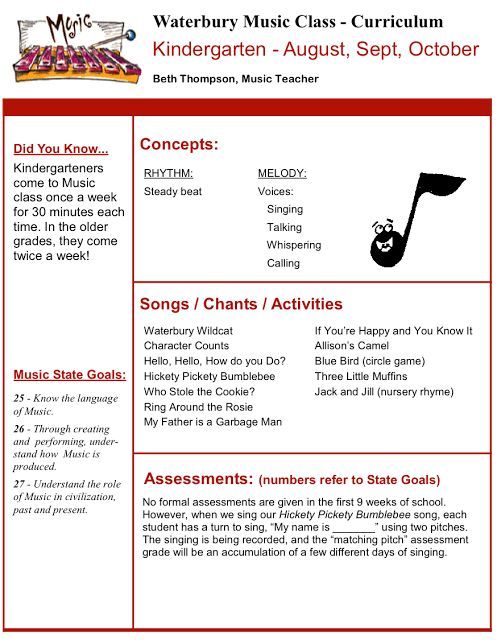 It is made up of educational programs of various directions, chosen by the participants in educational relations from among partial and other programs and / or created by them independently. This part of the program, formed by participants in educational relations, must take into account the educational needs and interests of pupils, their families and teachers.
It is made up of educational programs of various directions, chosen by the participants in educational relations from among partial and other programs and / or created by them independently. This part of the program, formed by participants in educational relations, must take into account the educational needs and interests of pupils, their families and teachers.
There is one fundamentally important point in the draft preschool education standard the program is implemented during the entire time the pupils are in kindergarten.
In addition, the draft standard defines the requirements for the conditions for the implementation of an educational program in kindergarten, which include requirements for psychological and pedagogical personnel, material and technical and financial conditions, as well as for a developing subject-spatial environment and are aimed at creating an educational environment and the social situation of development for all participants in educational relations (child, teacher, parent).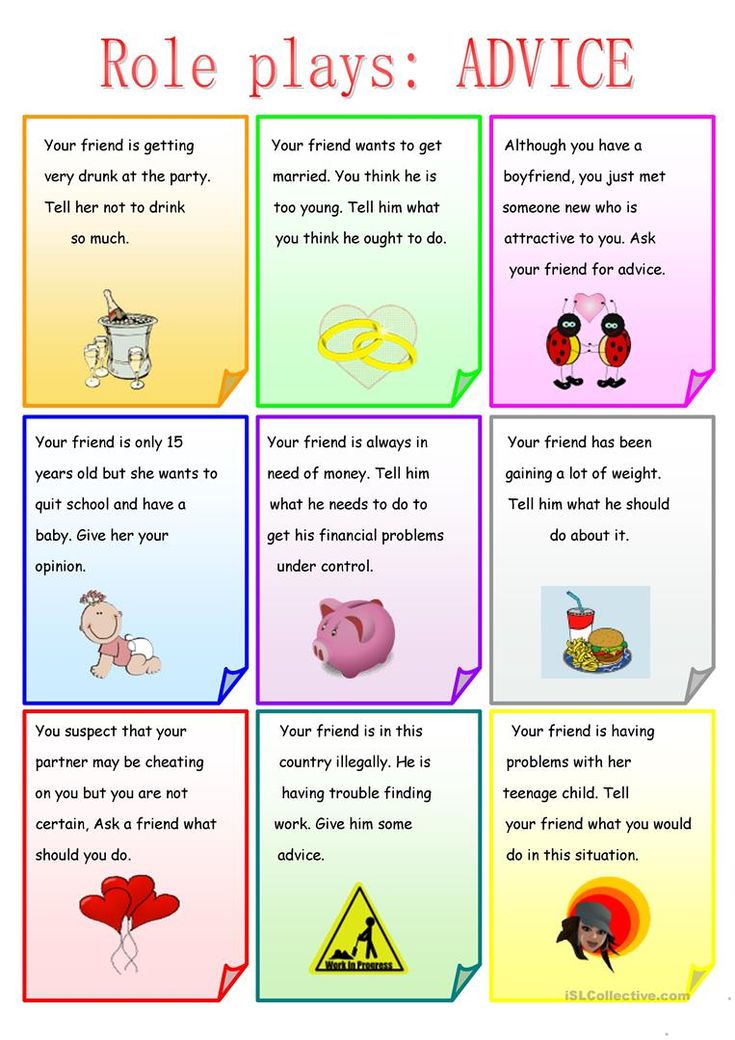
What should a child be taught in kindergarten? How should it be done?
Article 2 of the Federal Law "On Education in the Russian Federation" introduces the concept of "educational activity" (activities for the implementation of educational programs), which previously included holding several classes during the day. At present, joint educational activities are considered as directly educational activities, activities in regime moments, interaction with families of children to implement the tasks of the main educational program of preschool education.
For many years, a single form of educational work with children has prevailed in preschool institutions lesson (learning activity). Teachers, and parents as well, have always perceived the regular conduct of classes in kindergarten as something obligatory, due, as the only form of teaching children that is familiar to them. The organization of classes was more often carried out in the school educational model, even if the teacher used game techniques. A serious mistake of kindergarten teachers is ignoring the use of a full-fledged, multi-species game, cognitive, research activity. Both in the provisions of the FGT and in the provisions of the Federal State Educational Standard: the activity of the preschool educational institution, regulated by the type of training, does not correspond to the age and mental characteristics of a child of preschool age.
A serious mistake of kindergarten teachers is ignoring the use of a full-fledged, multi-species game, cognitive, research activity. Both in the provisions of the FGT and in the provisions of the Federal State Educational Standard: the activity of the preschool educational institution, regulated by the type of training, does not correspond to the age and mental characteristics of a child of preschool age.
Since 2010, the federal state requirements have established: "... solving program educational tasks in the joint activities of an adult and children and independent activities of children not only within the framework of directly educational activities, but also during regime moments ..." in accordance with the specifics education of preschool children. At present, the educator plans and organizes flexible and interesting activities with children in various forms (observation, excursion, drawing, modeling, experiment, research activity, project activity, reading with subsequent discussion, theatricalization, creative workshop, etc. ) , where the lesson stands in line with other forms of work with children, and the game is recognized as the main one of them. Unfortunately, the game is most often considered by parents as entertainment, that is, just leisure, as an excess element, as a waste of time, while teachers, mainly, as a means of learning. But a game for a child is always spontaneous, unpredictable, active testing of oneself or the subject of the game, it is always some kind of riddle, improvisation, surprise, surprise. Even if this game is played according to strictly defined rules, it is still unclear who wins, and the intrigue of the game is how it all ends, what will happen next. This distinguishes play from any other activity. Such activity is very important because it gives the child the opportunity to try himself, take the initiative, make some choice and, accordingly, bear some responsibility for him. The game, in the broad sense of the word, covers a lot of children's activities and has a positive impact on the development of independence, initiative and personality of a person.
) , where the lesson stands in line with other forms of work with children, and the game is recognized as the main one of them. Unfortunately, the game is most often considered by parents as entertainment, that is, just leisure, as an excess element, as a waste of time, while teachers, mainly, as a means of learning. But a game for a child is always spontaneous, unpredictable, active testing of oneself or the subject of the game, it is always some kind of riddle, improvisation, surprise, surprise. Even if this game is played according to strictly defined rules, it is still unclear who wins, and the intrigue of the game is how it all ends, what will happen next. This distinguishes play from any other activity. Such activity is very important because it gives the child the opportunity to try himself, take the initiative, make some choice and, accordingly, bear some responsibility for him. The game, in the broad sense of the word, covers a lot of children's activities and has a positive impact on the development of independence, initiative and personality of a person.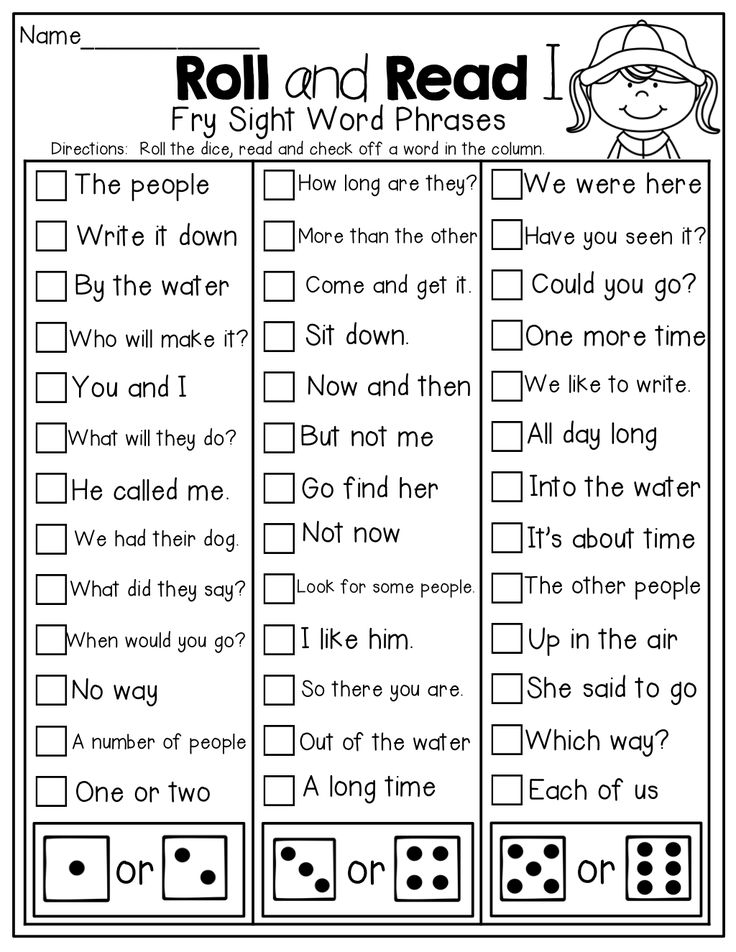 And all classes cannot replace the developing effect that a free, independent, initiative game brings. When a teacher constantly leads children from one lesson to another, constantly leads and controls, and the children themselves do not choose anything, do not come up with independent activities, they do not feel their independence, activity, independence. Namely, from this a personality, self-consciousness and a responsible position are born.
And all classes cannot replace the developing effect that a free, independent, initiative game brings. When a teacher constantly leads children from one lesson to another, constantly leads and controls, and the children themselves do not choose anything, do not come up with independent activities, they do not feel their independence, activity, independence. Namely, from this a personality, self-consciousness and a responsible position are born.
And if we talk about the lesson as a form of work with children, then in their organization a modern teacher needs to abandon the explanatory and illustrative method, making the transition to an active-activity method in teaching and educating preschoolers; you should take into account the patterns of development of a child of preschool age, adapt to his level and individual characteristics; move to activity-developing technologies that form a wide range of personal qualities, which will then form the "golden fund" of a mature personality (A.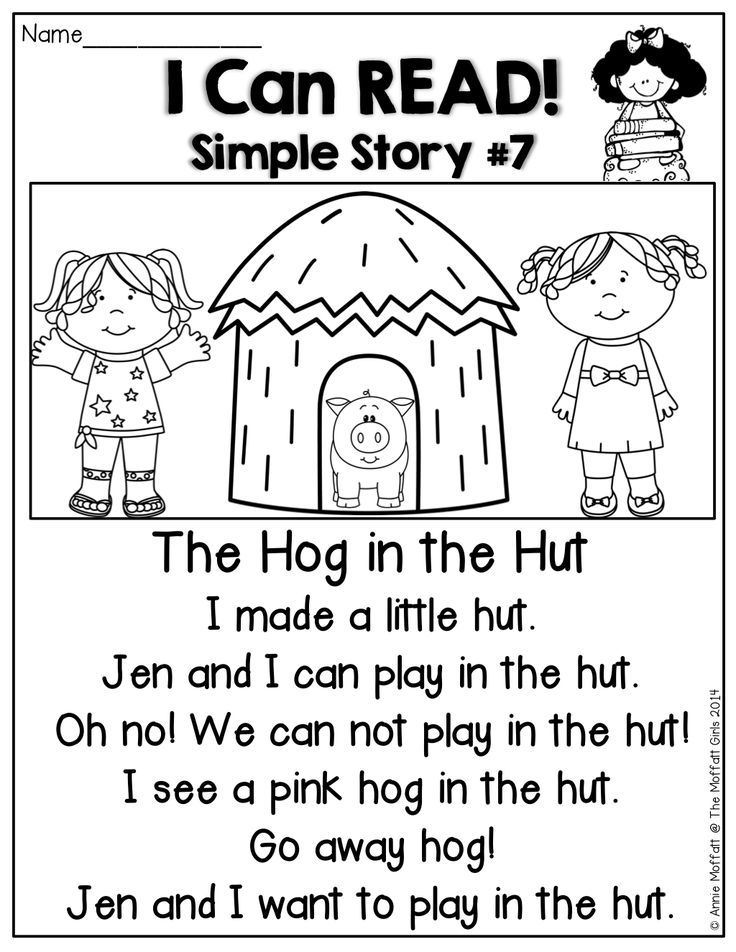 V. Zaporozhets) and ensure their successful entry into school life, which is associated with the organization of various types of children's activities that are significant for a child and have a serious emotional component. In the process of such activities, children develop arbitrariness (the ability to control their behavior), imagination, imaginative thinking, communicative speech, free communication with both children and adults, without which it is impossible to expect a painless transition of children to new conditions and a gradual entry into the educational environment. activity.
V. Zaporozhets) and ensure their successful entry into school life, which is associated with the organization of various types of children's activities that are significant for a child and have a serious emotional component. In the process of such activities, children develop arbitrariness (the ability to control their behavior), imagination, imaginative thinking, communicative speech, free communication with both children and adults, without which it is impossible to expect a painless transition of children to new conditions and a gradual entry into the educational environment. activity.
Each child develops and grows in his own way, he has a special temperament, style of perception and his own family. These individual differences must be taken into account both in the program and in the relationship between children and adults. The child learns as a result of the interaction of his own thoughts and experiences with materials, ideas and people. This practice should be suitable for his age and at the same time activate his interest and understanding.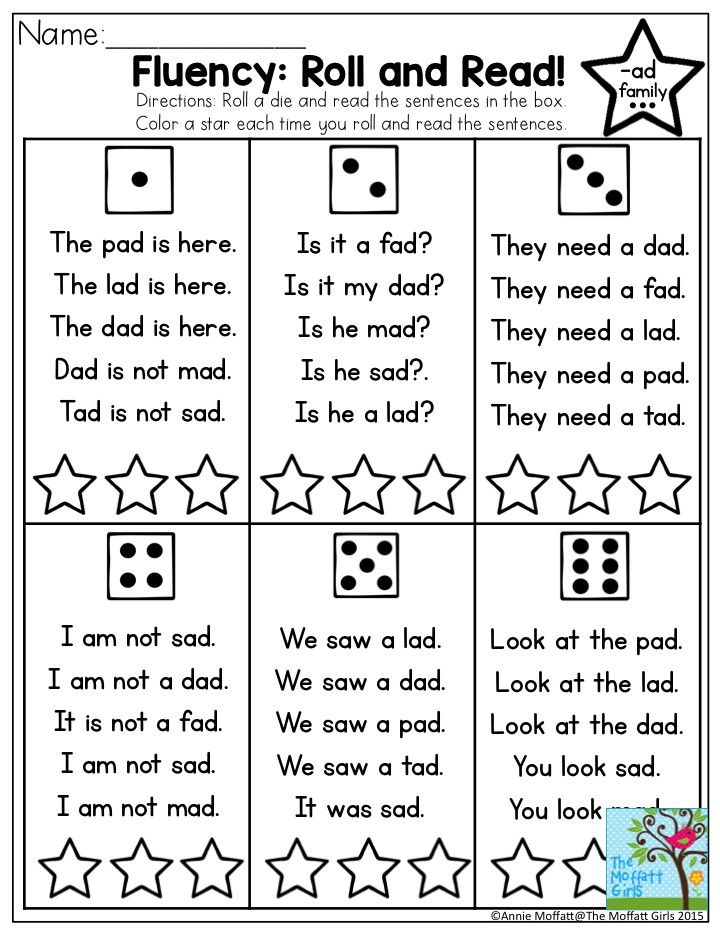
If classes are conducted with children without regard to their level of development, children fail and experience frustration. However, classes should not be made too simple; they should be exactly the level of complexity that corresponds to the current stage of development of a particular child.
In order to ensure that the activities conducted with children correspond to their individual and age characteristics, educators must constantly monitor each child in order to identify his abilities, needs, interests, temperament and style of perception. Educators should respect the ideas of the children and use those ideas to build the program. They should interact with children in their play and other activities, set an example of an attentive and responsive attitude towards others; record and evaluate your observations; use your observations when planning and for individualizing work with children. In an environment where children are oriented towards the realization of their own interests, children develop a sense of self-worth and initiative.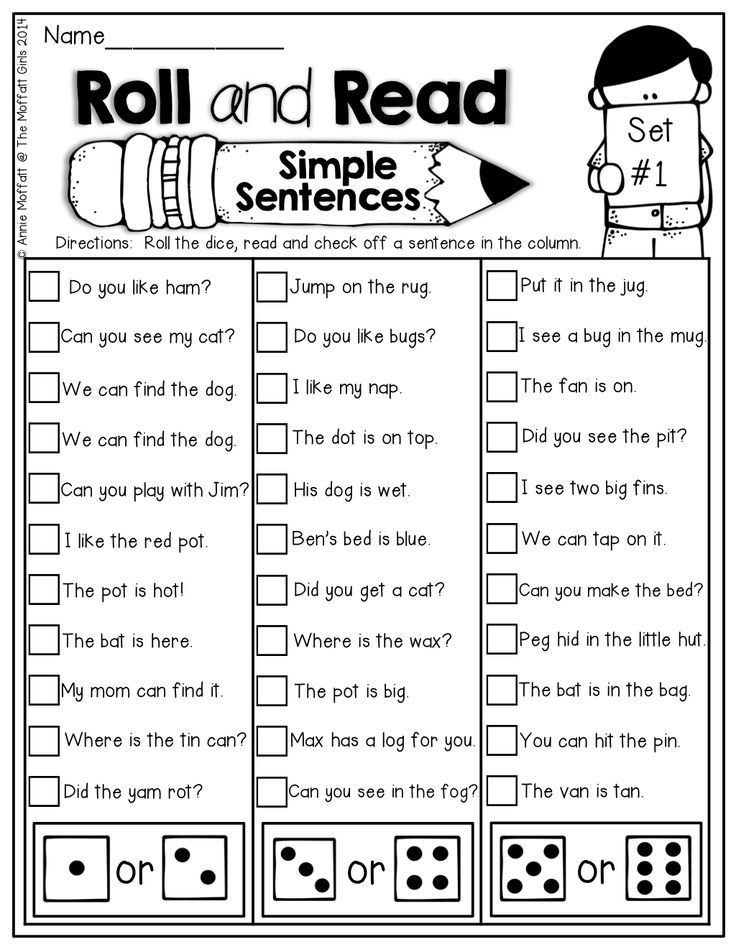
We are faced with an important problem of developing readiness among teachers and leaders of preschool institutions to solve new problems in the context of modernizing education, developing in them such abilities as the ability to see a potentially successful personality in every child, to ensure success in activities for each child, which will allow them organize the educational process taking into account an individual approach, turn the educational task into a personally significant one for the child. An essential part of the advanced training and retraining program should be the training of teachers in specially developed technologies for evaluating the process and results of their activities, the ability to independently improve it, generalize and present their work experience.
Should kindergarteners be taught to read, count and write?
Preparing for school, by parents in the first place, continues to be considered as an earlier study of the first grade program, comes down to the formation of narrowly subject knowledge and skills (be able to read, write, count, etc. ).
).
In this case, the continuity between preschool and primary school age is determined not by whether the future student has developed the qualities necessary for the implementation of a new activity, whether its prerequisites have been formed, but by the presence or absence of certain knowledge in academic subjects.
However, numerous studies by psychologists and teachers show that the presence of knowledge in itself does not determine the success of learning, it is much more important that the child is able to acquire and apply it independently. Therefore, the leading goal of preparing for school, both in the conditions of a kindergarten and a family, should be the formation in a preschooler of the qualities necessary for mastering educational activities curiosity, initiative, arbitrariness, independence, creative self-expression of the child, the presence of cognitive and social motives for learning; the ability to fantasize, imagine; ability to work according to the model; the ability to obey various rules and social norms, including the rules of safe behavior, listen to an adult and follow his instructions; the ability to make volitional efforts, the ability to negotiate, take into account the interests and feelings of others; the ability to choose one's occupation, participants in joint activities.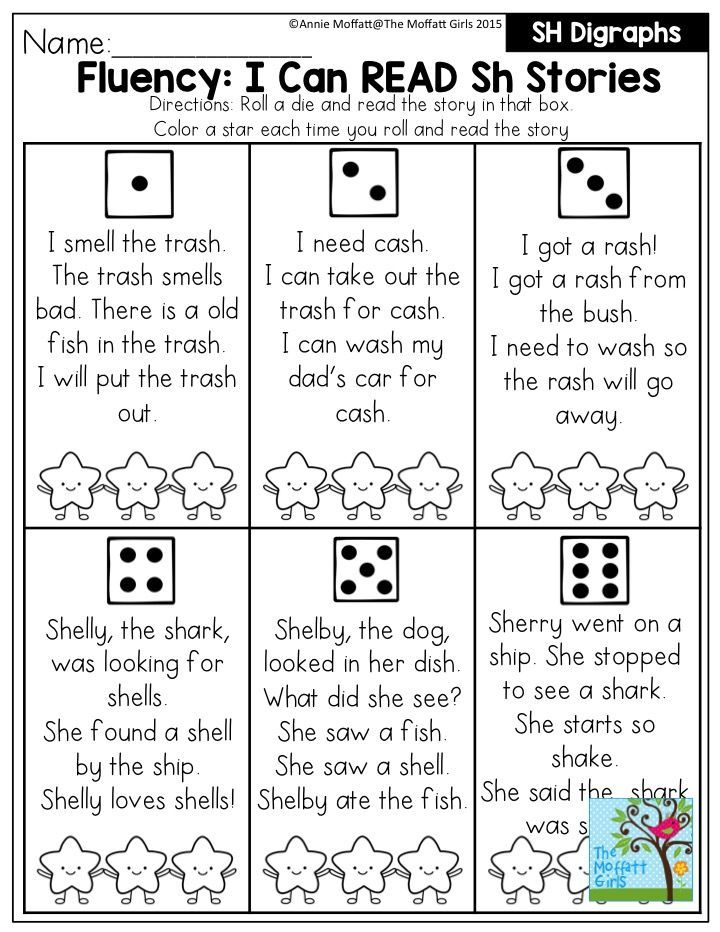
Important at the stage of completion of preschool education are the prerequisites for literacy, command of speech as a means of communication and culture; enrichment of the active dictionary; development of coherent, grammatically correct dialogic and monologue speech; development of speech creativity; development of sound and intonation culture of speech, phonemic hearing; acquaintance with book culture, children's literature, understanding by ear the texts of various genres of children's literature.
All of the above qualities are targets for kindergarten teaching staff in the education of preschool children, their development of the main educational program for preschool education. Preschoolers should be involved in an independent process of seeking knowledge, thinking, expressing their own point of view, mental actions, etc. Here, modeling, experimentation, intellectual games, cognitive fairy tales, stories, training, etc. can act as active methods and means.
Counting, reading, writing are by-products of activities through which the child enters the world of adult life and lives.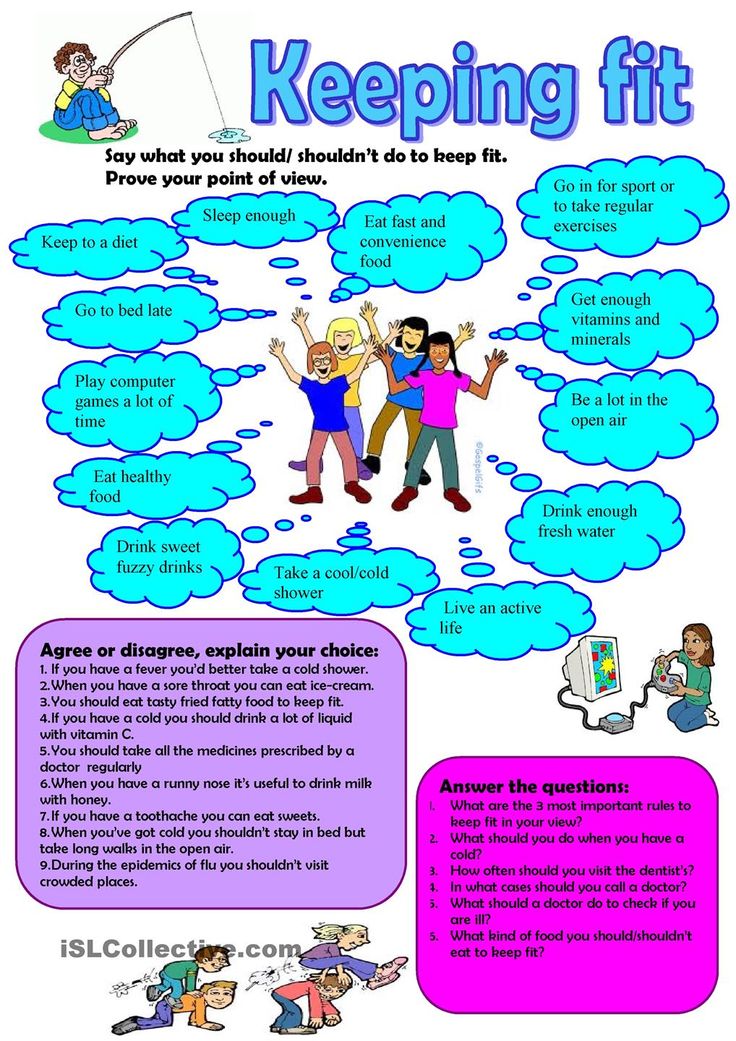 Therefore, the development of symbolic forms of thinking in a preschool child through specially organized teaching of writing, reading, and counting in the form of "training" classes is unacceptable. This contradicts the logic of child development, which acquires the character of acceleration (acceleration), instead of amplification (enrichment) (according to A.V. Zaporozhets).
Therefore, the development of symbolic forms of thinking in a preschool child through specially organized teaching of writing, reading, and counting in the form of "training" classes is unacceptable. This contradicts the logic of child development, which acquires the character of acceleration (acceleration), instead of amplification (enrichment) (according to A.V. Zaporozhets).
The continuity of education between preschool and primary school age is understood as providing conditions for the full entry of the child (future student) into educational activities, as the acceptance of the task of “learning to learn” from an adult. The solution to this problem is provided at preschool age through the use of specific forms and types of children's activities. Education of a preschooler today is understood as socialization and individualization of development, and not as learning. And this means that the intrinsic value of preschool childhood is not only preparation for school, it is life itself, and at this stage it is extremely dangerous to put on school uniforms.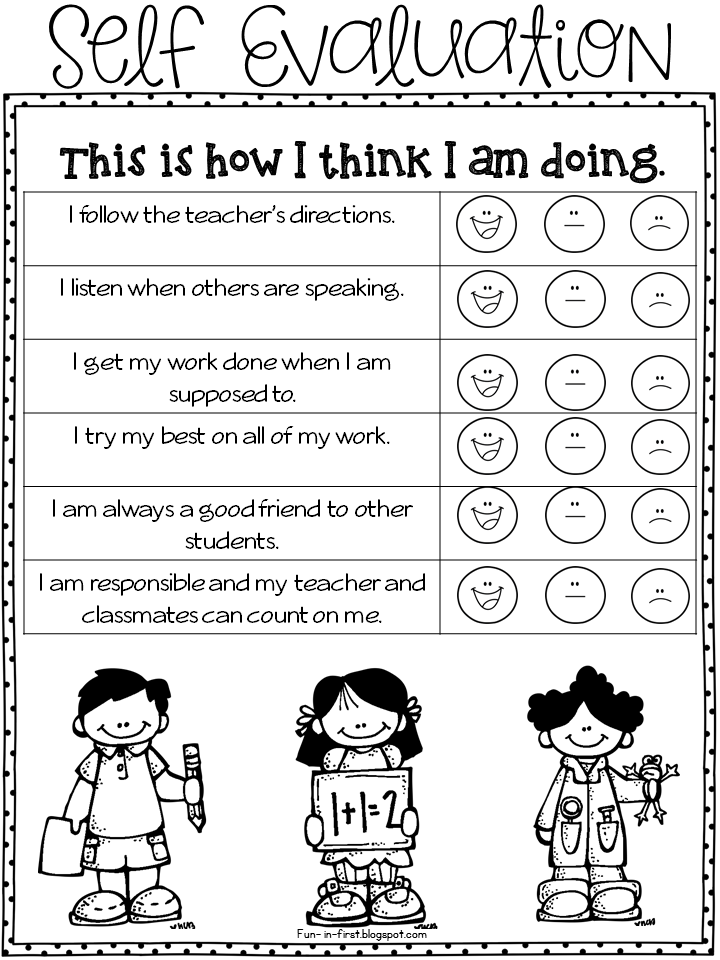 A child in preschool childhood should develop in the context of children's activities. It is very important today what pedagogical technologies the teacher uses, how they meet the goals and objectives of the Federal State Educational Standard of preschool education, and the results that are planned to be achieved.
A child in preschool childhood should develop in the context of children's activities. It is very important today what pedagogical technologies the teacher uses, how they meet the goals and objectives of the Federal State Educational Standard of preschool education, and the results that are planned to be achieved.
How good it is to be able to read. or Why did the kitten say "me"? - Teacher's newspaper
Lyubov Gaydina works as a primary school teacher in the educational complex No. 1 in the city of Voronezh. She has been working with kids for 23 years. During this time, more than six generations of children have passed through her hands, someone - having studied for three years, someone - four. At the last regional competition "Teacher of the Year" Lyubov Ivanovna took fifth place, and this autumn she became one of the winners of the national project, becoming one of the best teachers in Russia.
According to Lyubov Ivanovna herself, teaching kids is both easy and difficult at the same time.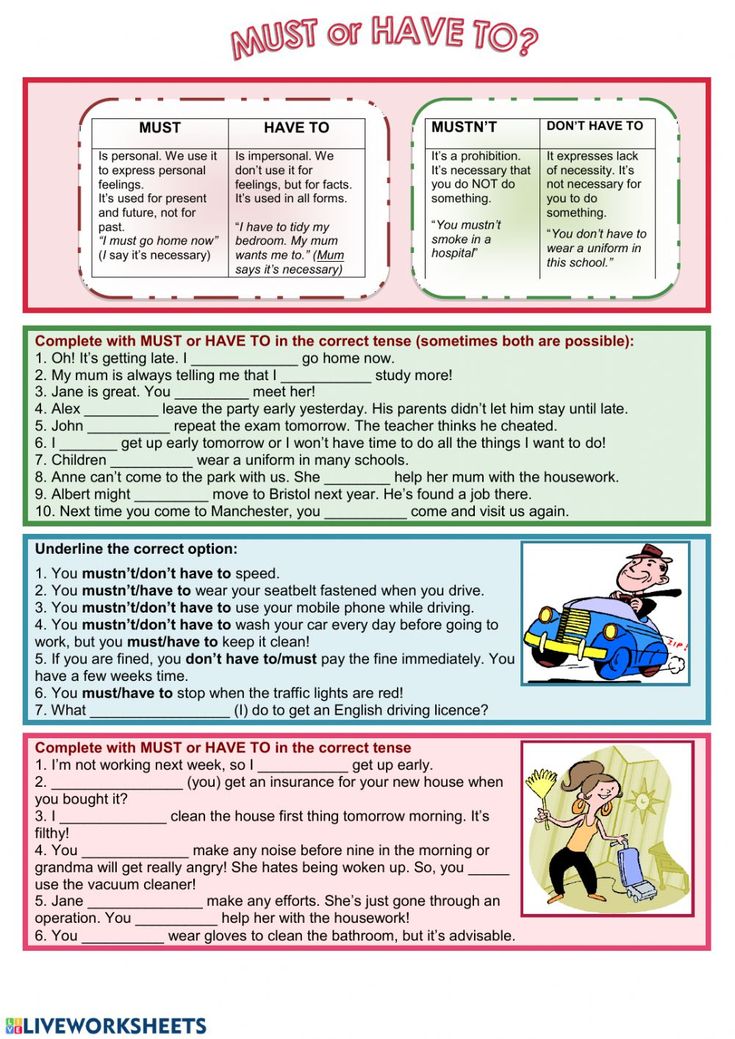 It’s easy because they perceive an adult as an older and very respected person, they believe our every word and try, of course, to the best of their ability, to fulfill any of our requests or instructions. And it is difficult because the primary school teacher, as you know, teaches not one subject, but several, at the same time accustoming the children to school and trying to develop in them the qualities of character necessary for further education. The latter is a complex and painstaking task. I saw how to teach and educate kids at the same time when I attended a Russian language lesson in the 2nd "B".
It’s easy because they perceive an adult as an older and very respected person, they believe our every word and try, of course, to the best of their ability, to fulfill any of our requests or instructions. And it is difficult because the primary school teacher, as you know, teaches not one subject, but several, at the same time accustoming the children to school and trying to develop in them the qualities of character necessary for further education. The latter is a complex and painstaking task. I saw how to teach and educate kids at the same time when I attended a Russian language lesson in the 2nd "B".
The recess before the lesson seemed noisy. Some of the boys, followed by the girls, rushed between the rows, others found out something, others shared a portfolio and textbooks.
The bell rang. The teacher greets the class, explains to everyone that a computer and a screen are needed for classes today, and begins the lesson:
- Opened notebooks, took pens and wrote down: “September 15th.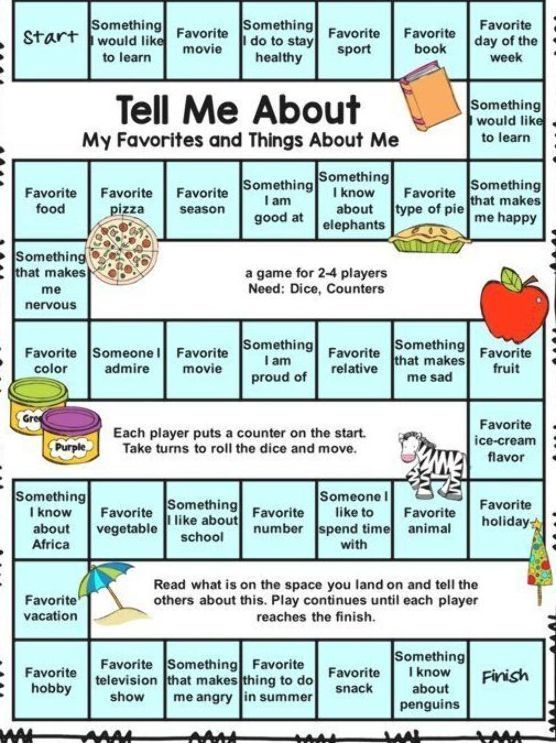 Classwork". We follow the posture, check: the legs are straight, the back is even, the head is higher ... - Those who wrote put their elbow on the desk and raise their hand with the pen clamped in it - so that the teacher sees: "I'm done." She sees and praises:
Classwork". We follow the posture, check: the legs are straight, the back is even, the head is higher ... - Those who wrote put their elbow on the desk and raise their hand with the pen clamped in it - so that the teacher sees: "I'm done." She sees and praises:
– Second row – well done!.. And the third one too. And here is the first row. Everyone, put down their pens, sat down correctly and listened to the poem.
Lyubov Ivanovna reads “How good it is to be able to read…”. The poem helps to move on to the main topic of the lesson “Sounds and Letters”. The discussion begins.
– Guys, please tell me why you couldn't read before, but now you can?
– We study, grow up and learn more and more…
– What helps you to read?
– Sounds and letters!..
– And we also learned to read because you taught us! Thank you very much! - The teacher is embarrassed by such an unexpected confession at the lesson, but immediately thanks the girl with a smile and continues the lesson.
– How would you say what a letter is?
- These are icons that help us read!
– Good girl!.. Let's try to make sure of that. And the virtual girl Alice, whom I invited to the lesson today, will help us with this.
A cute cartoon girl appears on the screen, which the children greet with friendly laughter. Everyone clearly liked Alice, although she turned out to be extremely taciturn: her mouth opens, but there is no sound. The teacher begins to figure out how to know that Alice really greets the guys? Children say that it is easy: you need to hear her voice. What does he give? Sounds! Right. And if there is no sound, is it possible to find out that Alice greets the guys? It turns out you can. Lyubov Ivanovna presses the desired key on the keyboard, and words of greeting appear on the screen next to Alice's image.
– Now we know what she wants to tell us?
- Yes!
- Read.
Children read everything together, and then, again with the help of the teacher, they come to the conclusion that they received new information not by sound, but through reading. And the letters helped them in this.
And the letters helped them in this.
The next task is to trace how the word changes depending on the vowel. On the board in one line it is written: dm, dm, dm. To understand which words are written, you need to insert vowels. The guys cope with the first word quickly, immediately offering to write “house, house, house”. But the teacher says that it will not be interesting - three times the same word, so you need to come up with two more.
One of the boys suggests inserting the letter “and”, it will turn out “Dim”.
– What is it?
- This is when a person is asked - Dim!
– Good, but not suitable for us. Pay attention to which letter is at the beginning of the word - large or small?
- Little ... So the name will not work.
The next sentence is to insert the letter "a", it will be "lady". Everyone likes the word, and they write it down. And what will be the third? Smoke! The letter "y". And this word is also written on the blackboard. After that, Lyubov Ivanovna asks to write down all three words in a notebook. And immediately questions: “Write with a capital letter or with a small one? .. Can you write down the words so that they are all different - smoke, house?” The teacher repeats once again that it is not only possible, but also necessary to write in this way! Everyone writes who is ready, raises his hand with a pen clamped in it and puts his elbow on the desk: the work is finished. Soon almost the whole class is sitting like this, and Lyubov Ivanovna asks Masha to read what words she wrote down for control. House, smoke, ladies. All right.
After that, Lyubov Ivanovna asks to write down all three words in a notebook. And immediately questions: “Write with a capital letter or with a small one? .. Can you write down the words so that they are all different - smoke, house?” The teacher repeats once again that it is not only possible, but also necessary to write in this way! Everyone writes who is ready, raises his hand with a pen clamped in it and puts his elbow on the desk: the work is finished. Soon almost the whole class is sitting like this, and Lyubov Ivanovna asks Masha to read what words she wrote down for control. House, smoke, ladies. All right.
- Have you checked everything? Now underline the letter that makes the word new. What letter is this? That's right, vowel. Now, guys, pay attention! Alice wants to introduce us to her friend Timothy the cat.
A charming, smiling fat cat appears on the screen. It turns out that he recently visited the Dunno School, and there he got everything wrong. For example, here is a picture of a snowman.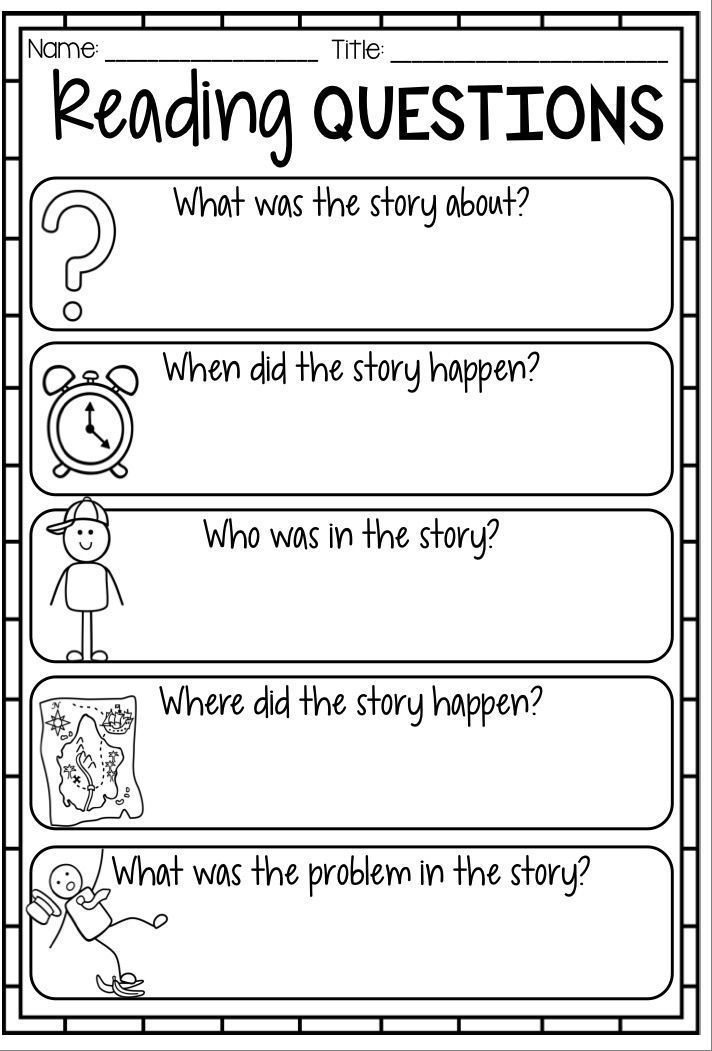 It is made from three large snowballs. And Dunno, when Timothy asked them to write down this word, they wrote CAT instead of COM. Which is very strange, because they hear the sound "m", but they write the letter "te". Is it correct? Children unanimously answer no, and write down this couple of words.
It is made from three large snowballs. And Dunno, when Timothy asked them to write down this word, they wrote CAT instead of COM. Which is very strange, because they hear the sound "m", but they write the letter "te". Is it correct? Children unanimously answer no, and write down this couple of words.
Lesson 20 minutes pass. The teacher raises the children from their seats and conducts a small physical exercise.
A Kitten and a Puppy appear on the screen, they have prepared a new game for the children, and at the same time the final questions. What is sound? Children read the words on the screen in chorus: we hear and pronounce the sounds. "And how are the sounds represented?" the teacher asks. And then he answers: “With the help of transcription. You have already met her in English classes.”
- Now look how the Puppy encoded the word "woof". What did he get in transcription? "Gaff". Why? Because the Russian language has special rules, and we will study them later.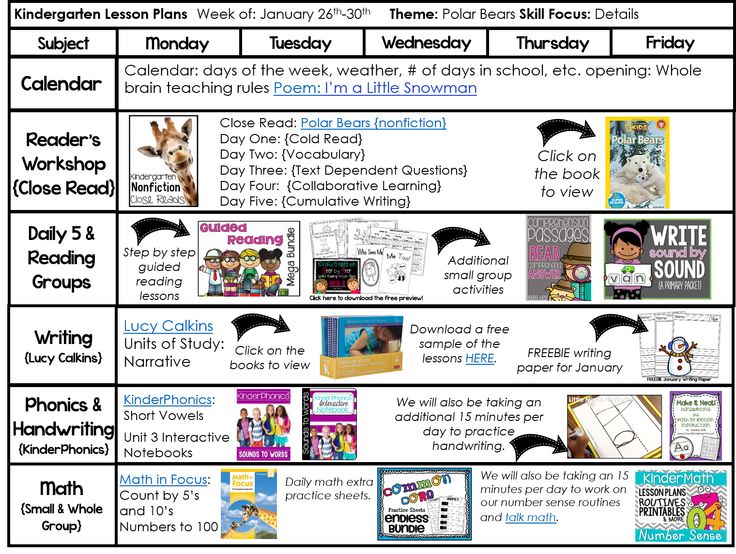 And the Kitten prepared the word "meow".
And the Kitten prepared the word "meow".
This word, like "woof", appears on the screen. There is a transcription nearby, and the teacher explains it to the children. Disassemble the sounds: find a soft "m" and designate it with the letter "em". The sound "a" - the letter "I", and the sound "y" - the letter "y". It is clear that the students are already familiar with this work, and they like it.
The children sum up the lesson together when they read in unison what letters and sounds are from the screen. Lyubov Ivanovna assigns homework, praises the students for their good work in the lesson, and in the remaining five minutes manages to take apart an additional exercise from the textbook with the children, complete it in a notebook and check it. Fixing work. And at the very end of the lesson, she asks the children to take the little pink leaves that she laid out for them on their desks and write a kind word about their neighbor in them:
- So you will once again be convinced that you can not only speak, communicating with sounds, but also write to each other, conveying your thoughts in letters.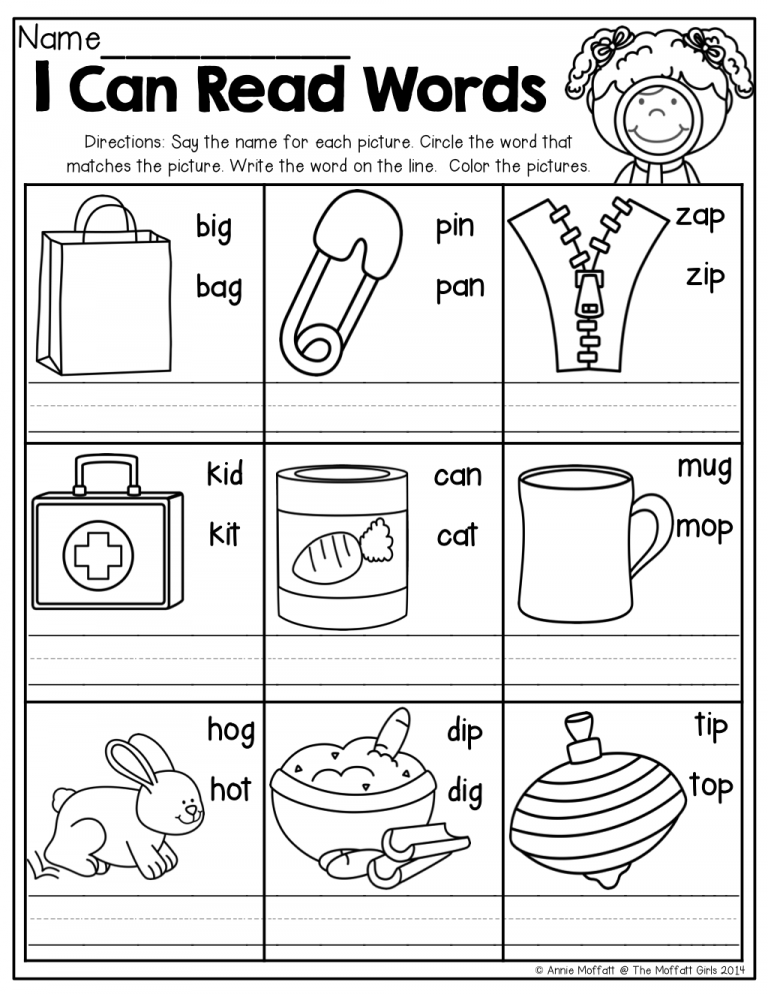
Boys and girls enthusiastically write out compliments and pass them on to each other - some of them are already on their sheets of paper and passing them not to a neighbor in the desk, but to a comrade in the next row. They were carried away by compliments, even after the call they lingered.
After the lesson, I ask Lyubov Ivanovna to answer a few journalistic questions. In particular, it turns out that in her class she teaches all subjects except English and music: mathematics, Russian, reading, the world around, technology, physical education and drawing. The greatest preparation is required for technology lessons (former works): you need to make the product itself, draw up a plan, prepare the workplace, talk about safety, find interesting information about the product and be able to convey it to the guys. Here's how many.
Lyubov Gaidina's favorite lesson is mathematics, Lyubov Ivanovna teaches it according to Peterson's textbook:
– Now I'm more adhering to activity technology. It is interesting for me to put the problem in front of children, to develop it and to ensure that children can discover knowledge themselves. It's better that way, and they like it that way. I extend this technique not only to mathematics lessons, but also to all other subjects. And on my own behalf, I add the following: during the lesson, I try to create some situations for children that help develop their intelligence and research inclinations.
It is interesting for me to put the problem in front of children, to develop it and to ensure that children can discover knowledge themselves. It's better that way, and they like it that way. I extend this technique not only to mathematics lessons, but also to all other subjects. And on my own behalf, I add the following: during the lesson, I try to create some situations for children that help develop their intelligence and research inclinations.
She comes up with situations herself. And the need for them arose when Lyubov Ivanovna conducted classes in kindergarten, in the senior and preparatory groups. So in the Voronezh educational complex No. 1 they solve the problem of the transition of children from kindergarten to primary school. The teacher comes to the groups and works with the kids.
- Our program has passed an examination at the Voronezh Regional Institute for Advanced Training of Educational Workers, a positive conclusion has been given. Many teachers are involved in preparing for school, and there are those who use our program. Usually educators work with children in the kindergarten, and the programs that exist there are more aimed at the work of the educator - both "Childhood" and "Rainbow". And we are approaching from the position of a teacher who will teach, for example, mathematics at school, and he knows what needs to be done today so that later the assimilation of knowledge goes better. We work from this position, that's why we made our program.
Usually educators work with children in the kindergarten, and the programs that exist there are more aimed at the work of the educator - both "Childhood" and "Rainbow". And we are approaching from the position of a teacher who will teach, for example, mathematics at school, and he knows what needs to be done today so that later the assimilation of knowledge goes better. We work from this position, that's why we made our program.
It's not allowed with preschoolers like in the classroom. You can’t just give them a topic and its analysis. I once had such a case in kindergarten. The children came to class, sat down on chairs, but two boys were not there: they stood in the little space between the door and the closet and stood, swaying. I to them: why don't you sit down? Them: We can't. And what happened?! We're in an elevator!
You see, they are just babies, they are still playing. They can't get out until the doors open! And despite the fact that the topic was different, we changed everything along the way and began to talk about how the elevator works, whether it is possible to be late and what to do in order not to be late. And then we smoothly moved on to the topic that was the main one in the lesson ...
And then we smoothly moved on to the topic that was the main one in the lesson ...
– You had an emotional moment in class today. When the girl told about the kitten, which so far does not say “meow”, but “me”. Why didn't you cut it off? After all, this is no longer a kindergarten group, they are older, the second grade.
- I never want to cut off a child. If he now has a desire to say something, let him speak! Yes, it confuses the teacher's thoughts, but this must be put up with.
– Is the principle “calm down and shut up” not applicable here either?
- He won't do anything! The kids won't calm down. They will simply shut up, but as soon as I turn to the blackboard, the child immediately begins to explain to his neighbor. After all, he has something left unspoken inside! Here he is already talking, and the neighbor, and I begin to get angry that there is noise in the class. Therefore, it is better to immediately give the opportunity to speak out and turn it to your advantage.